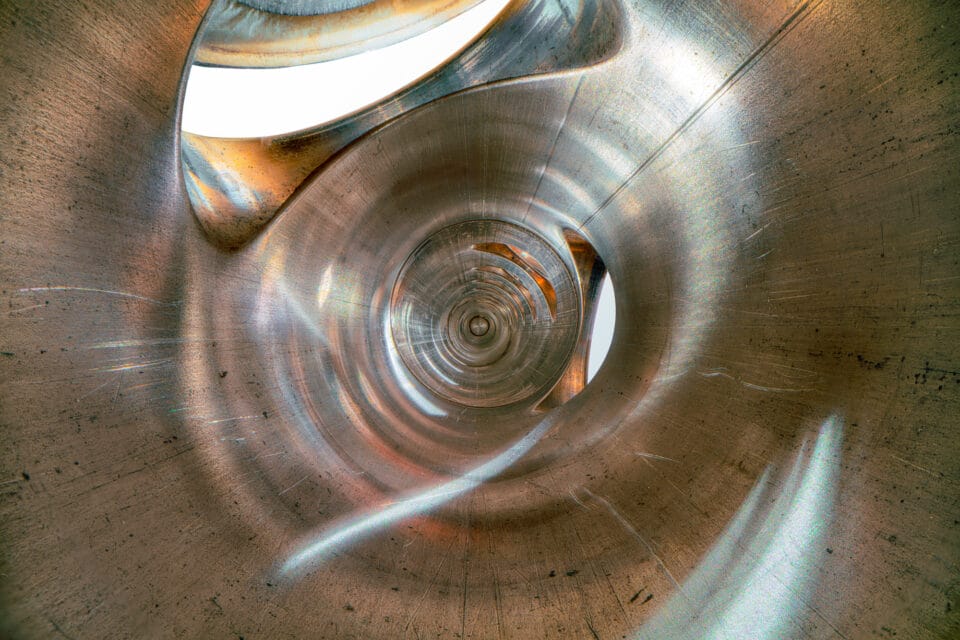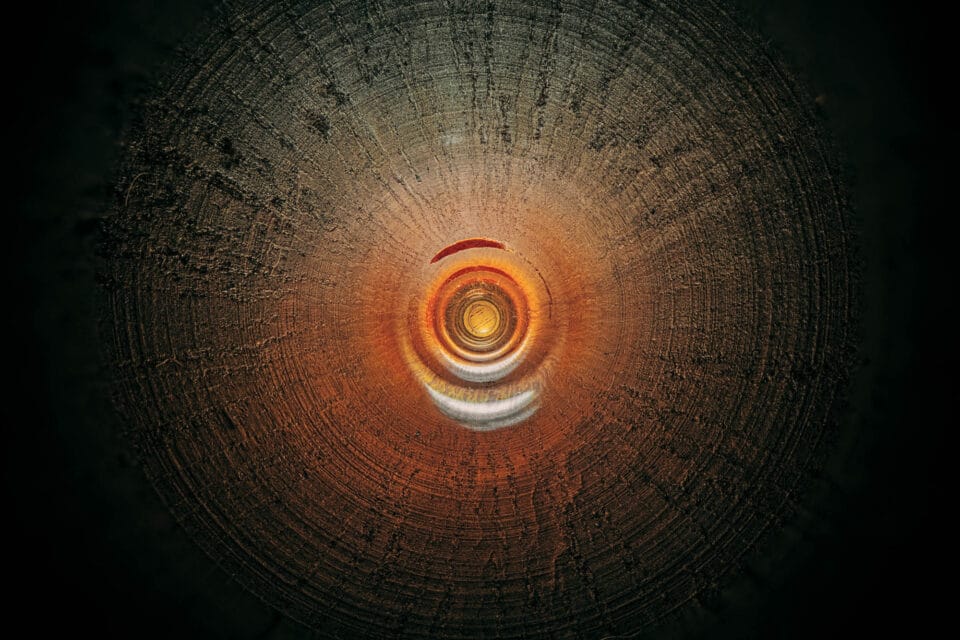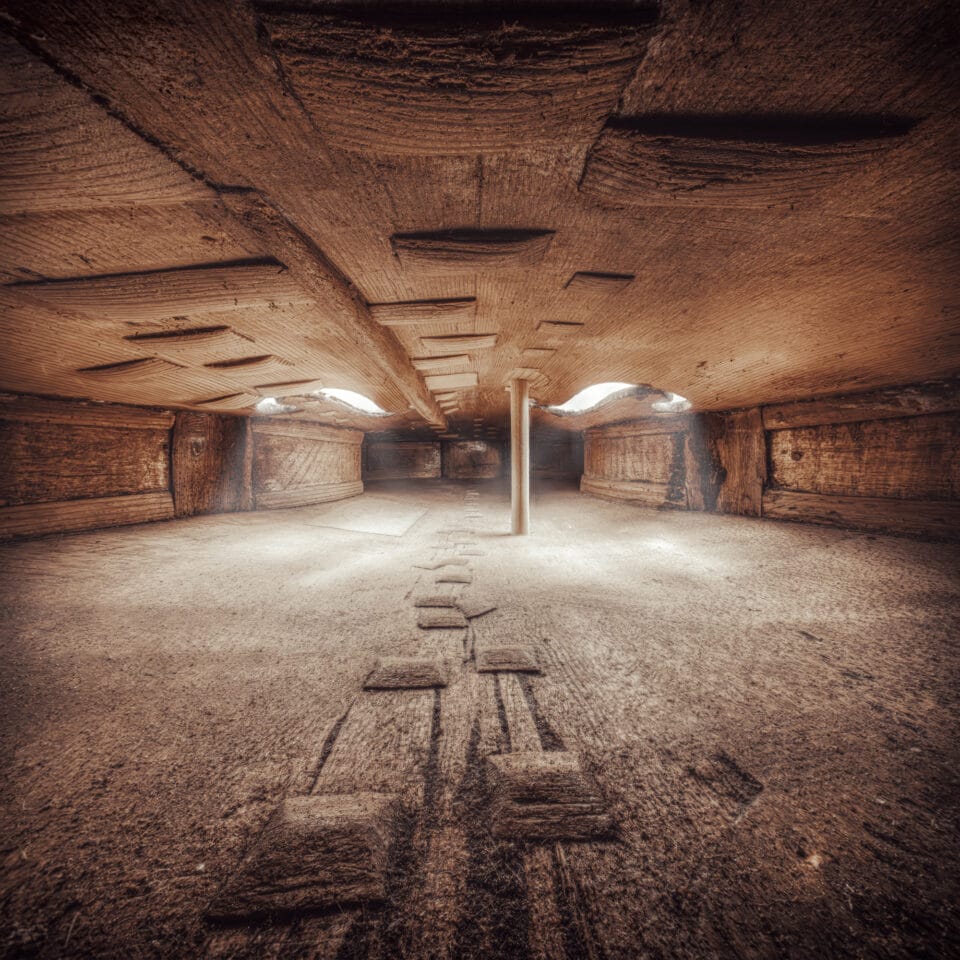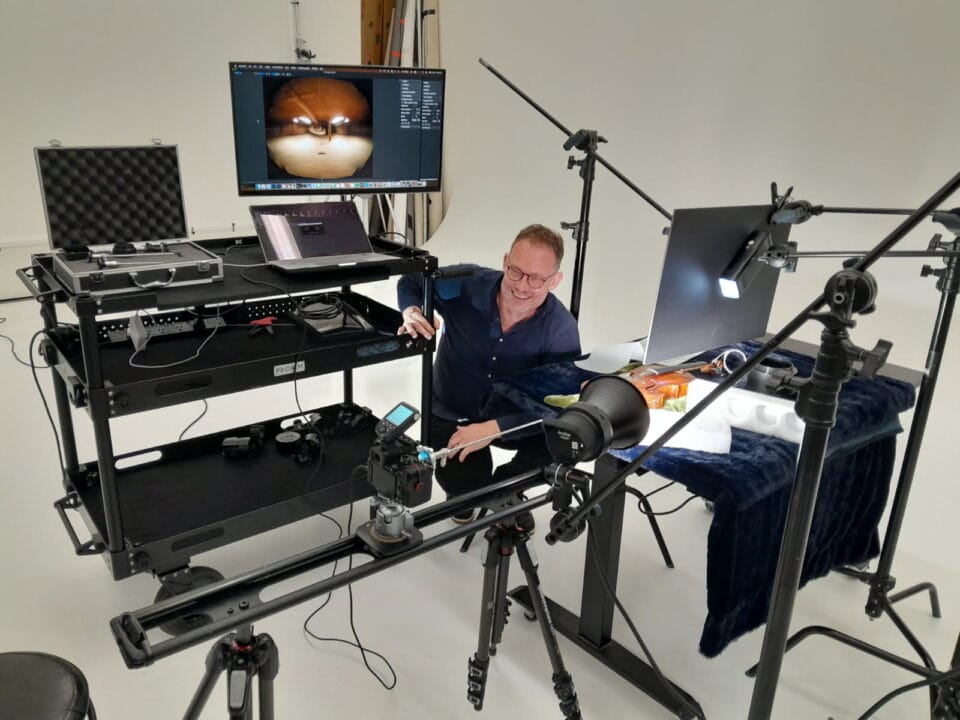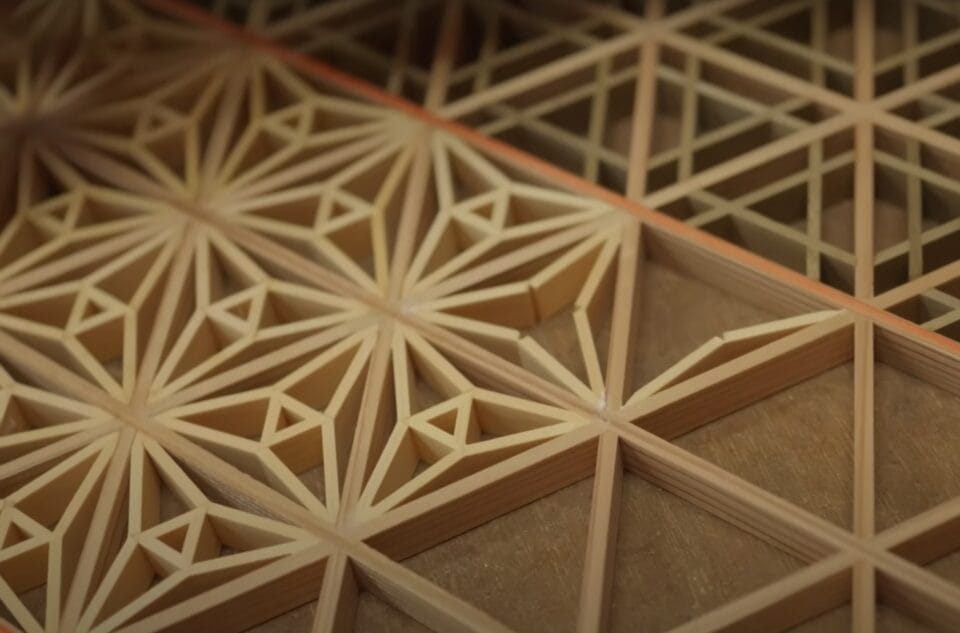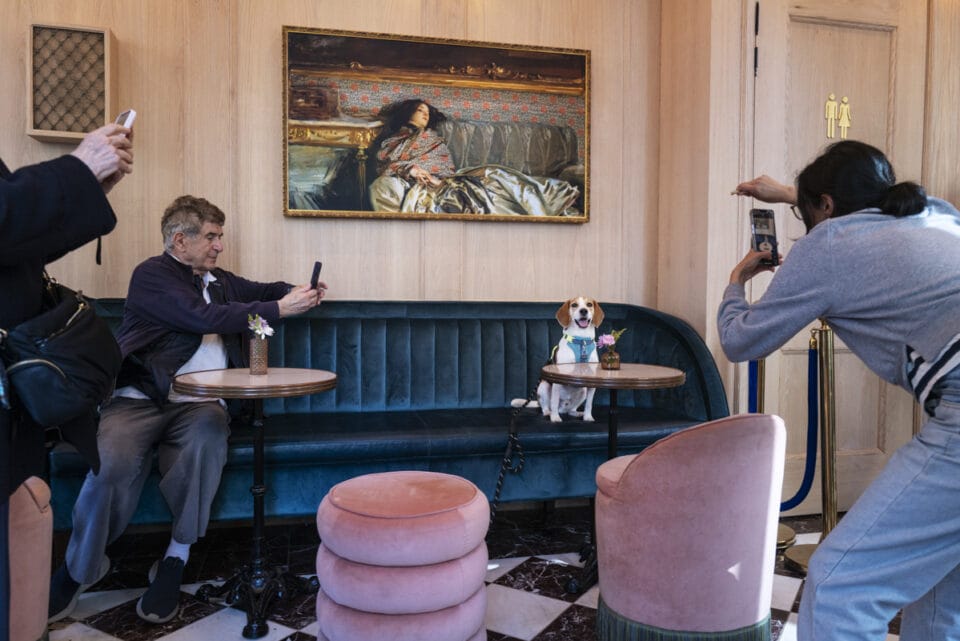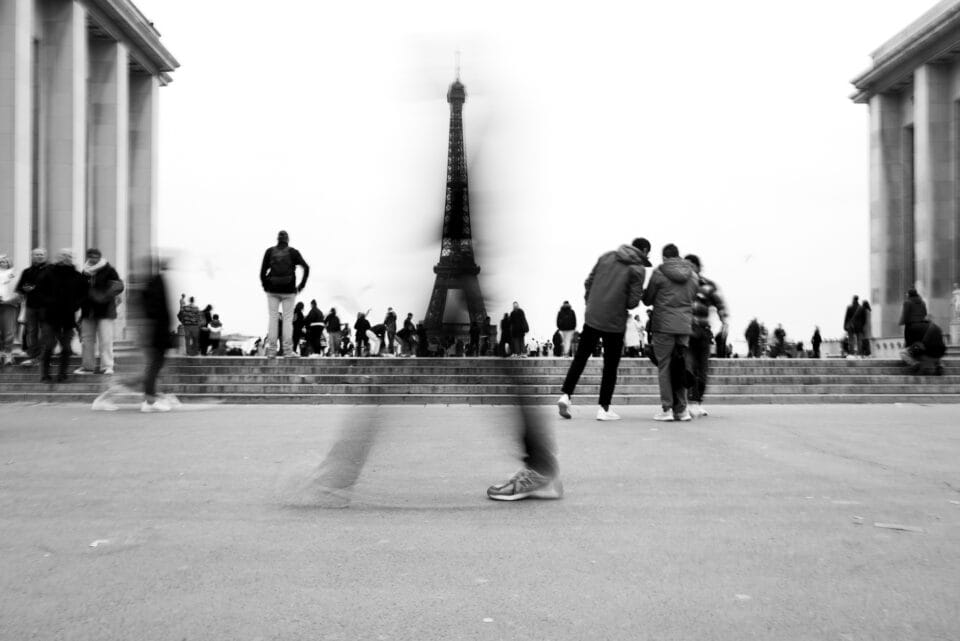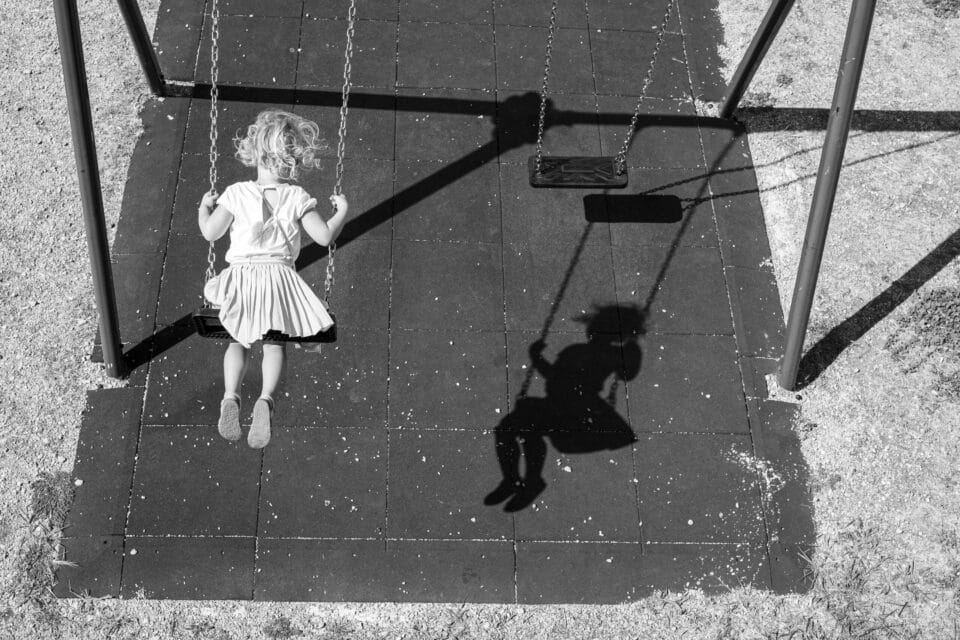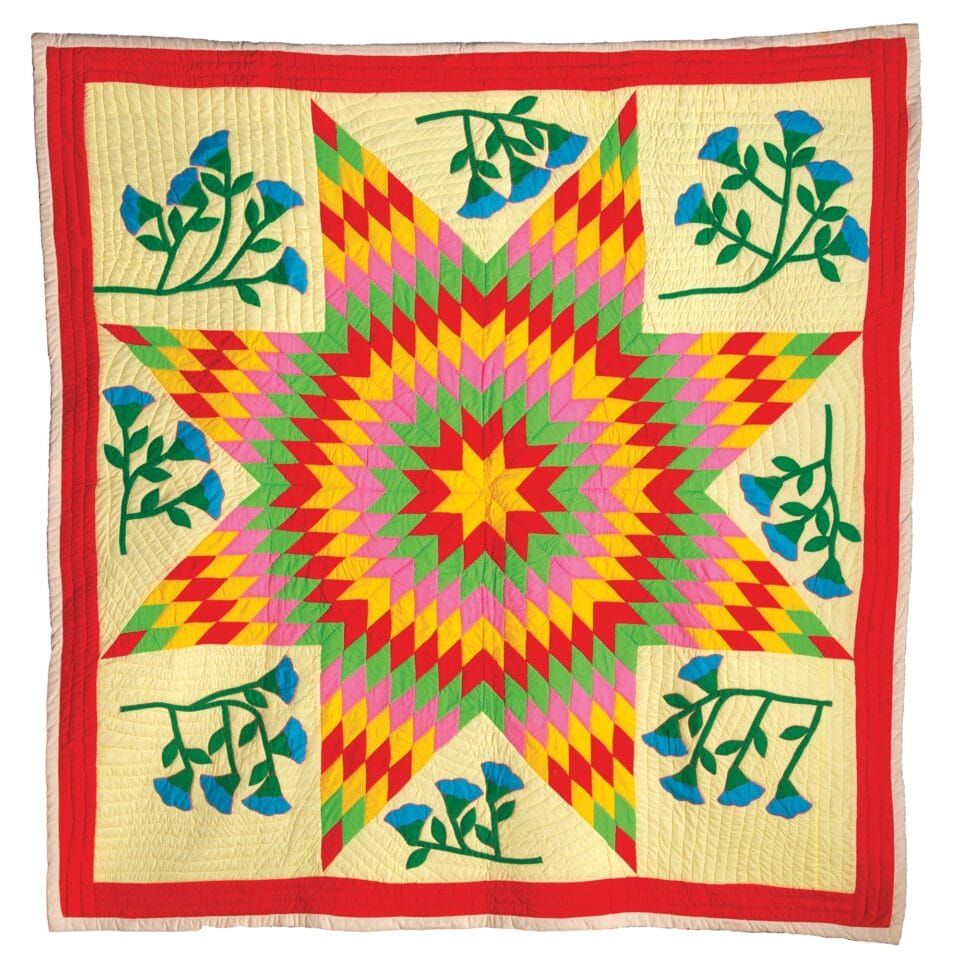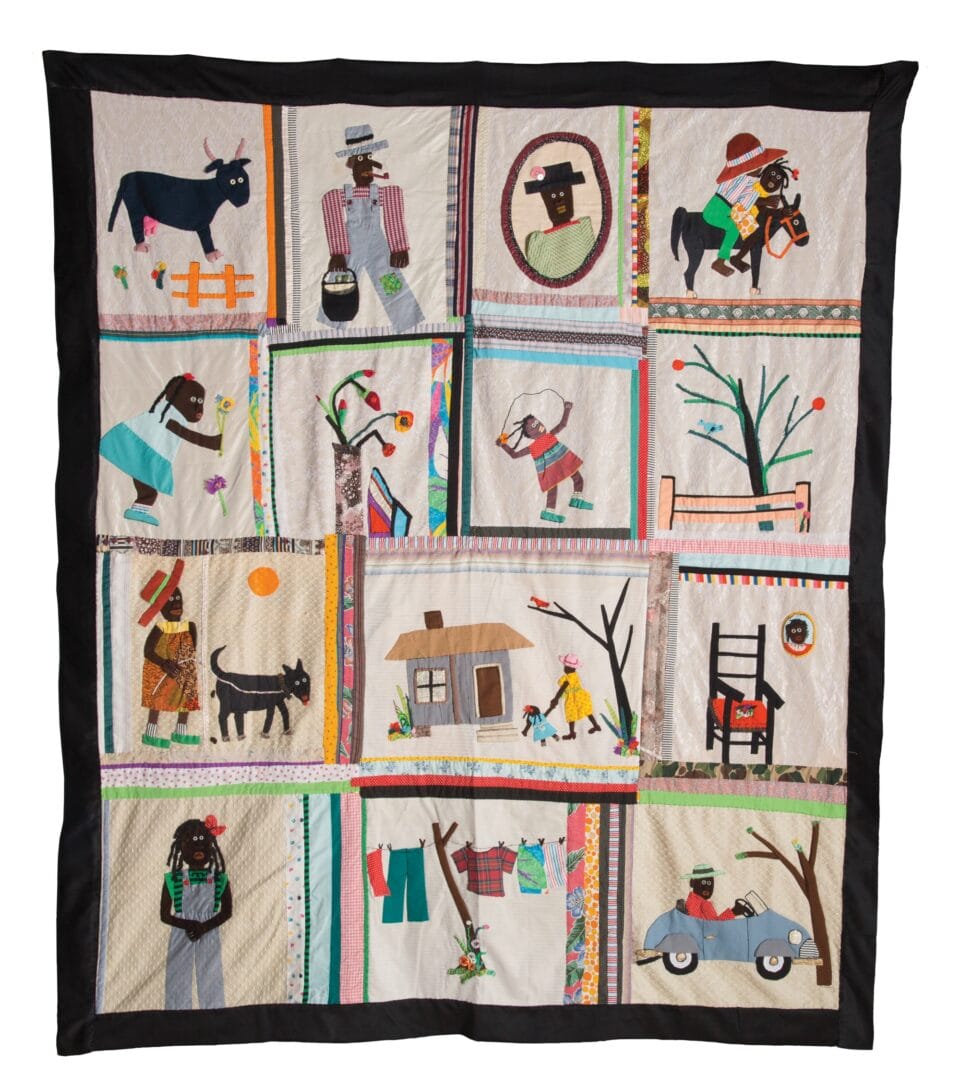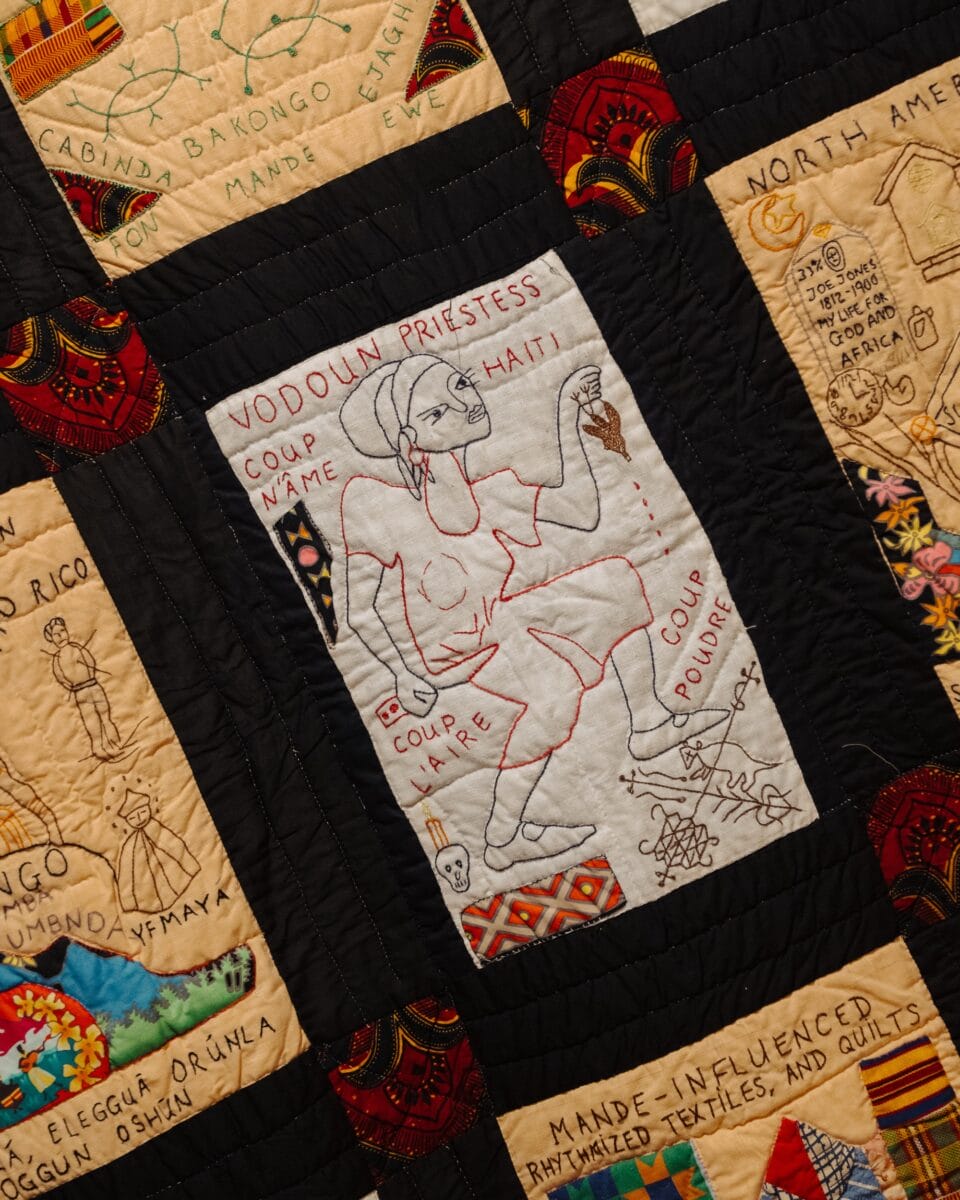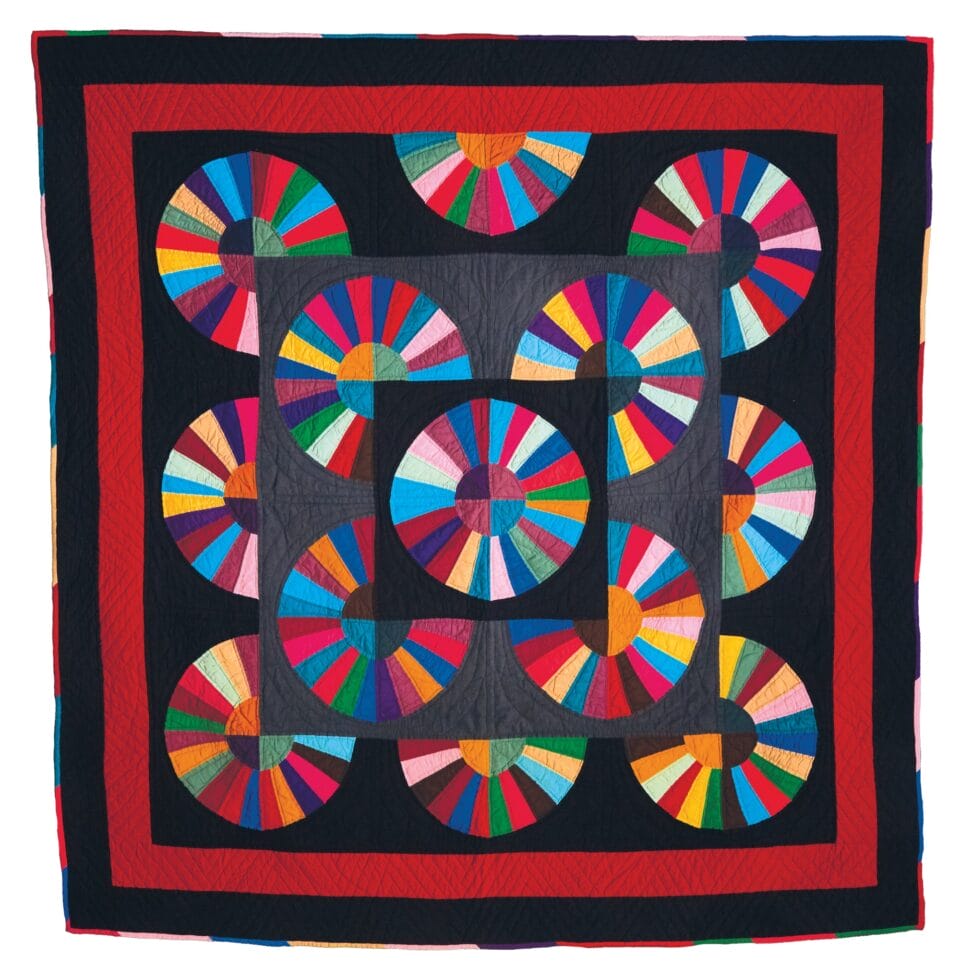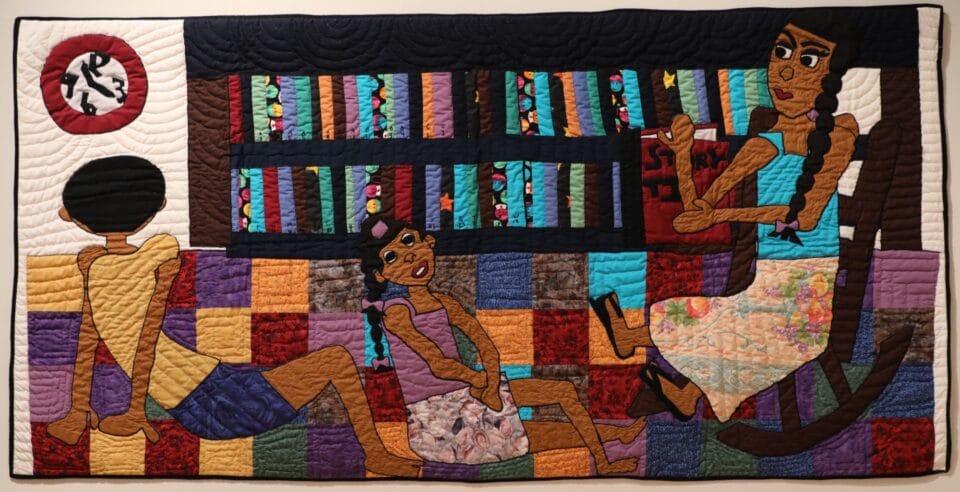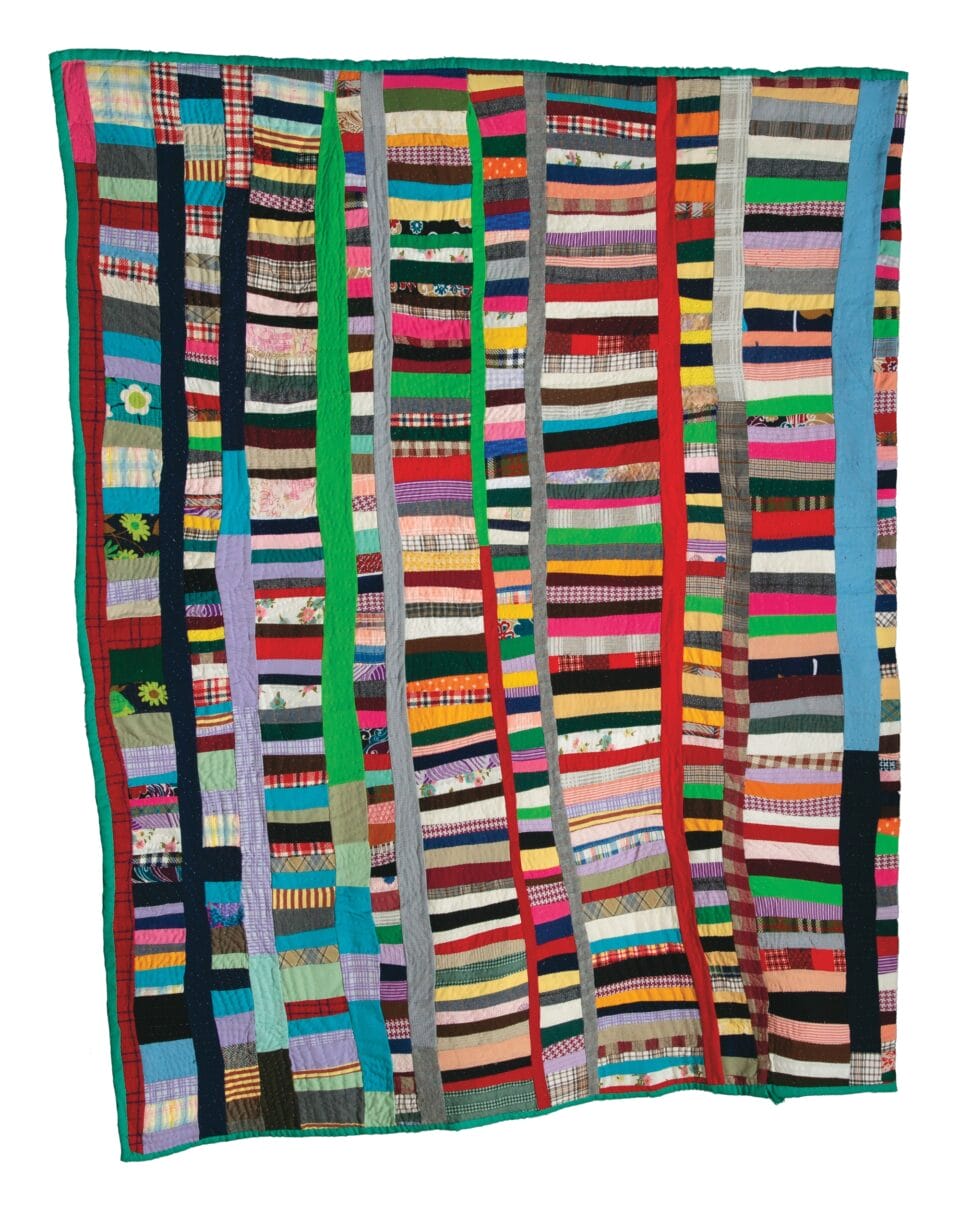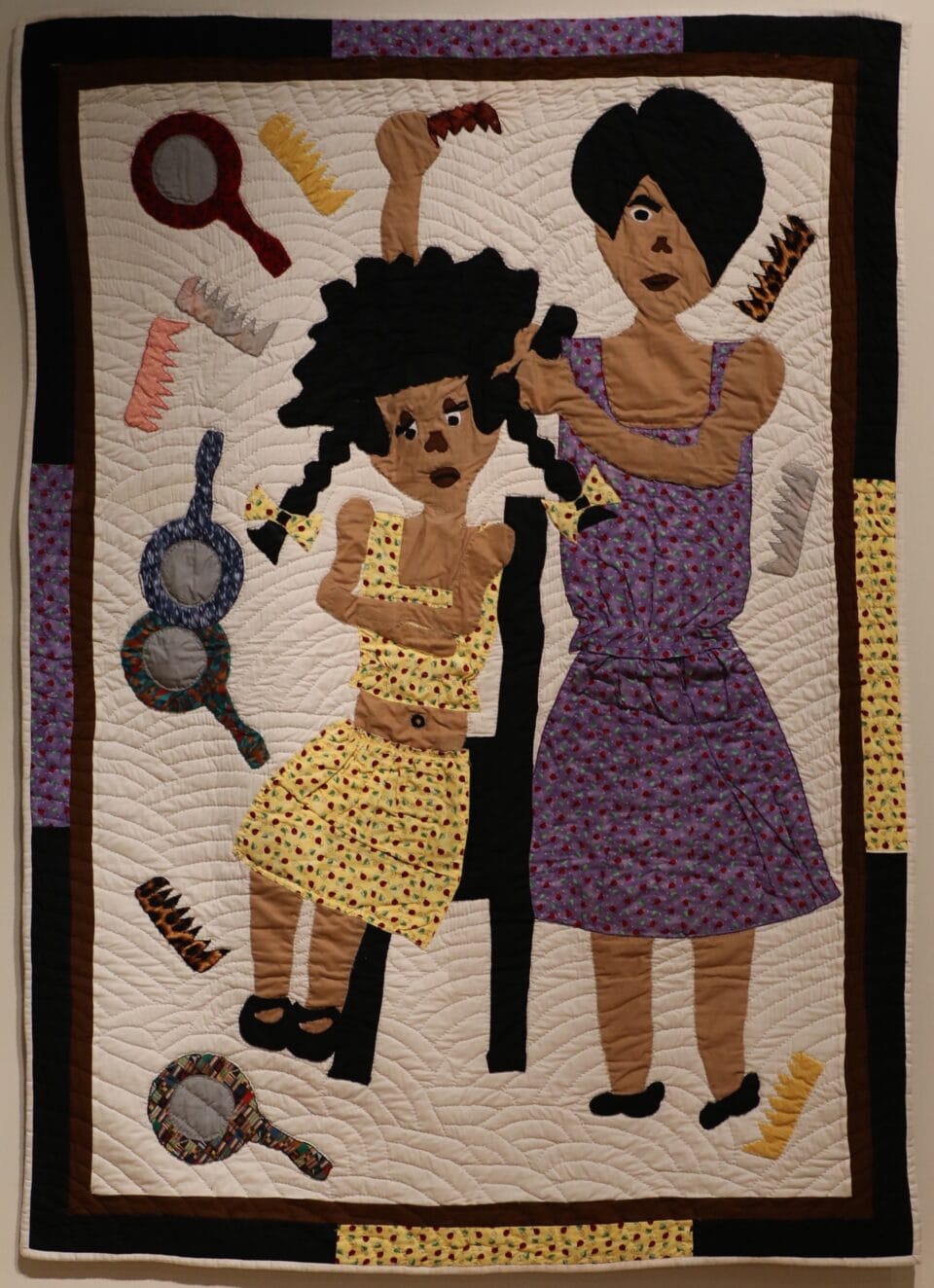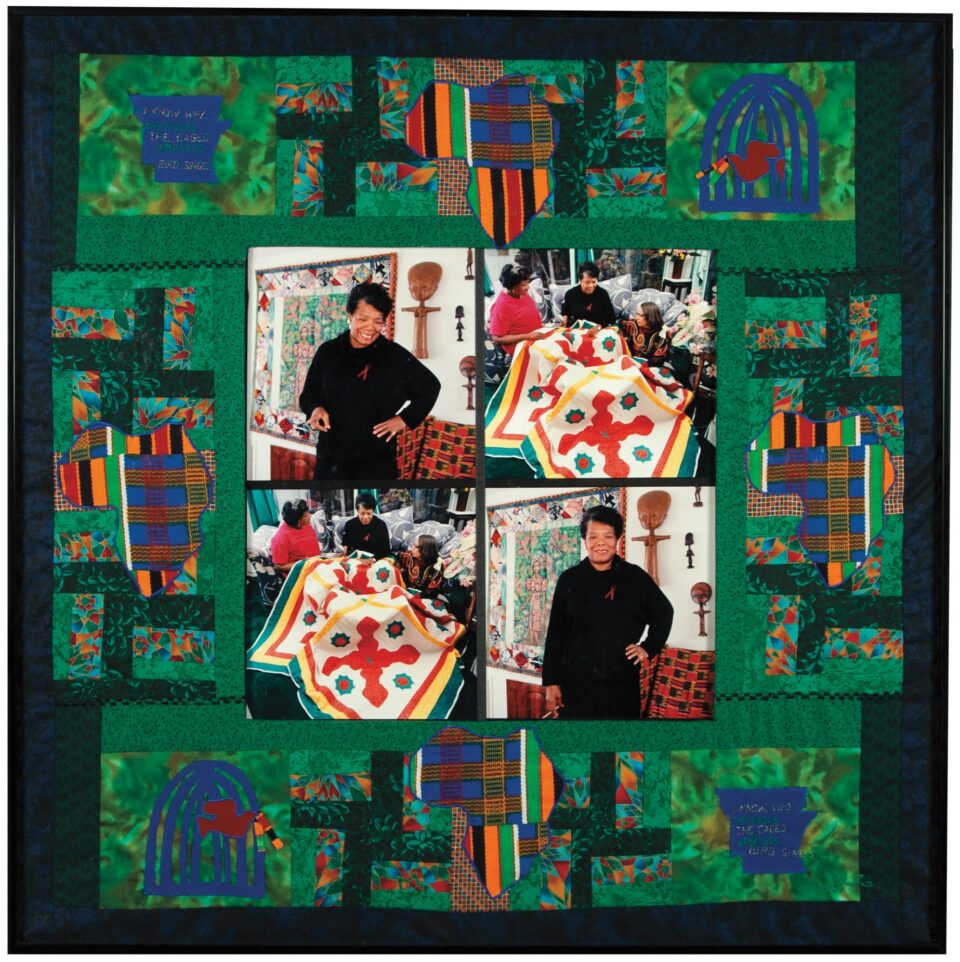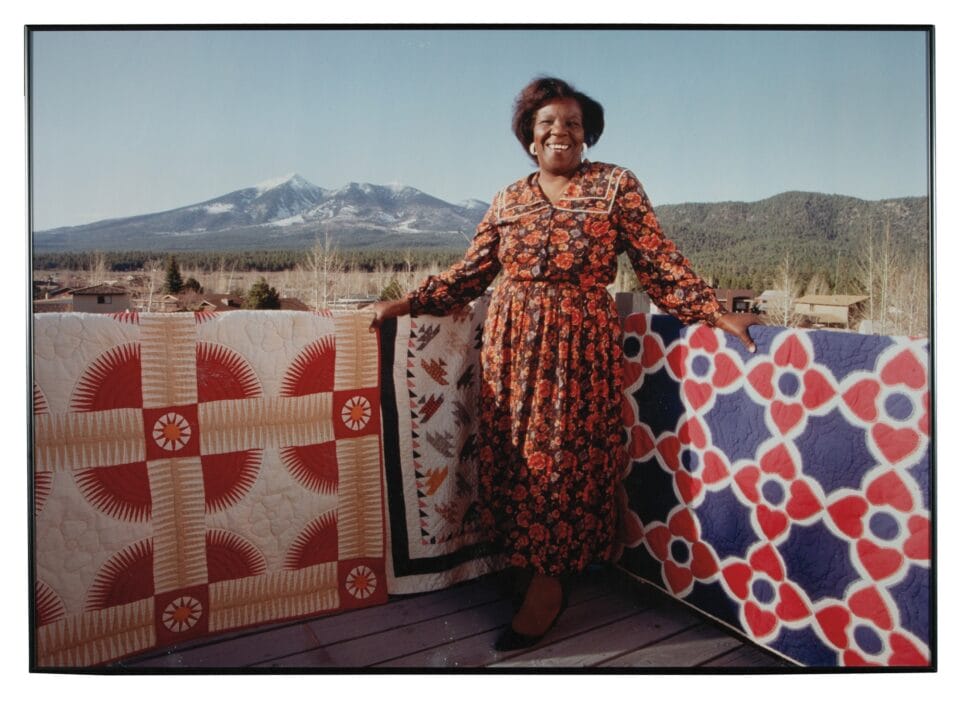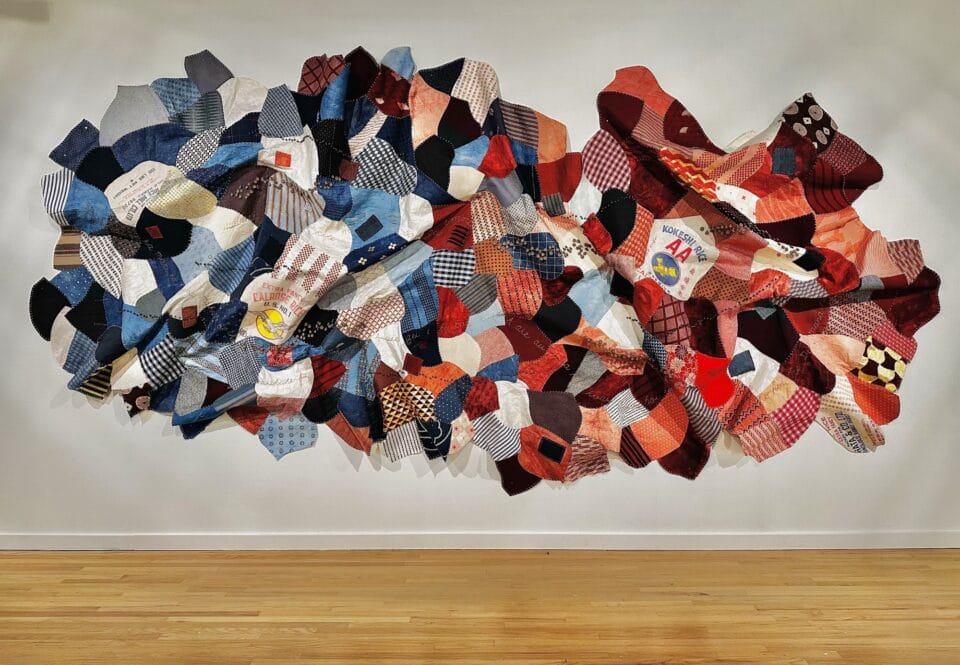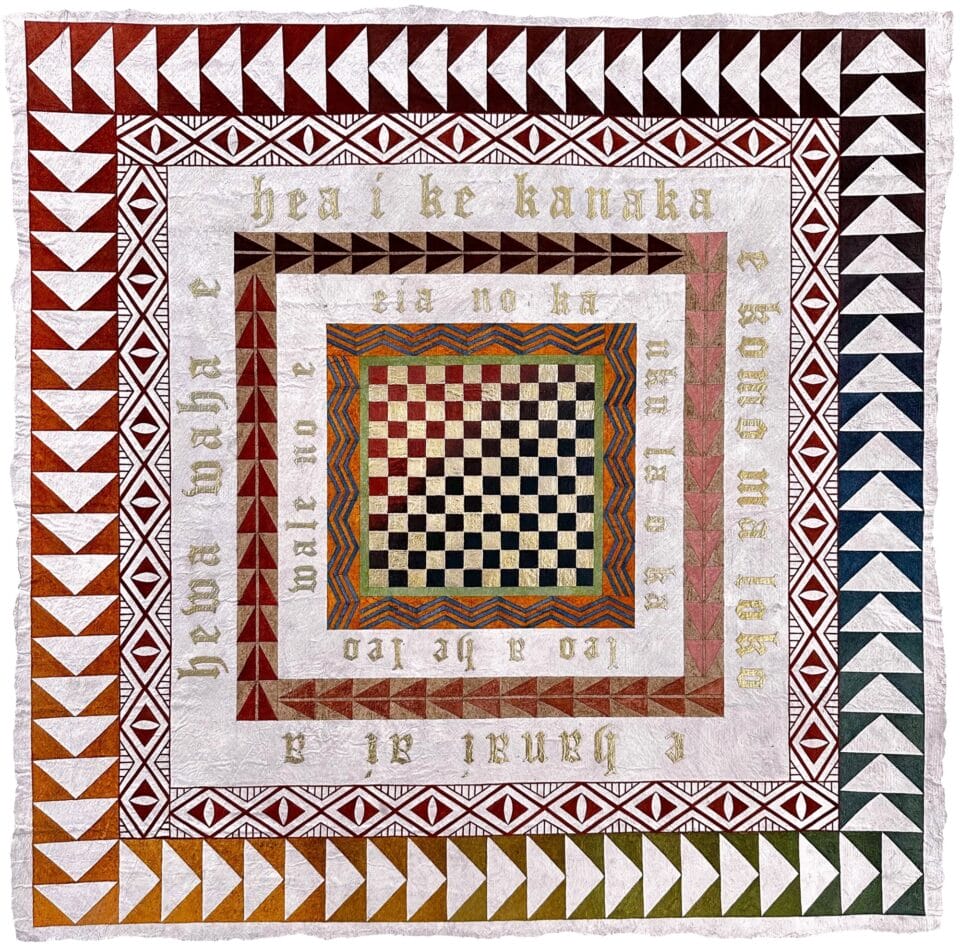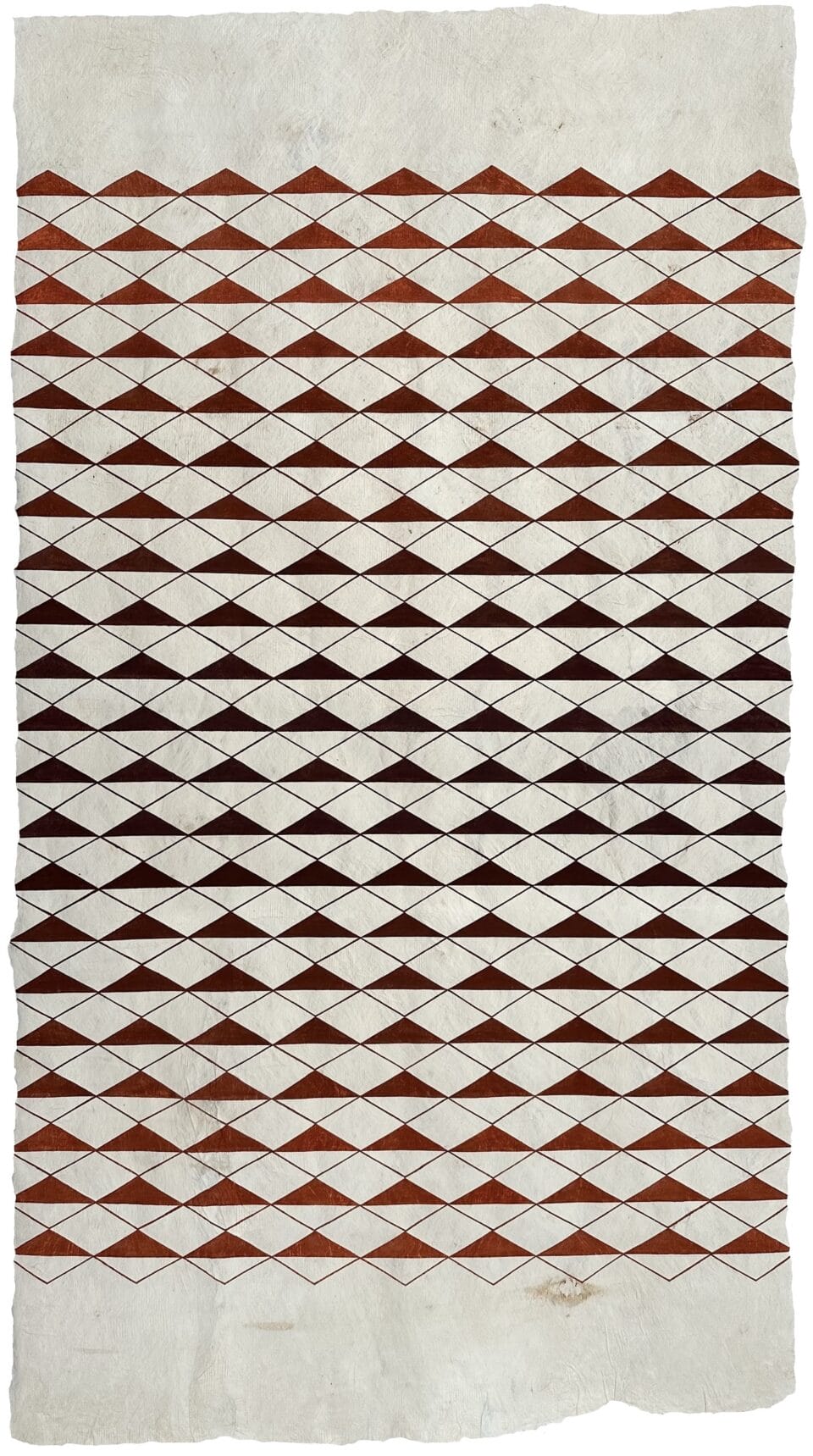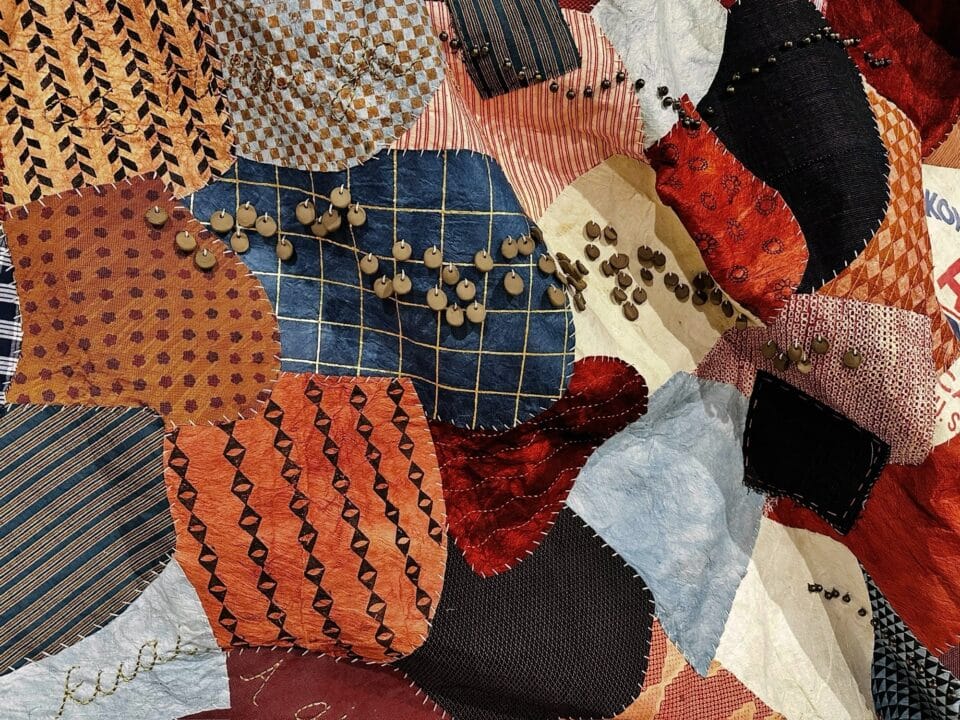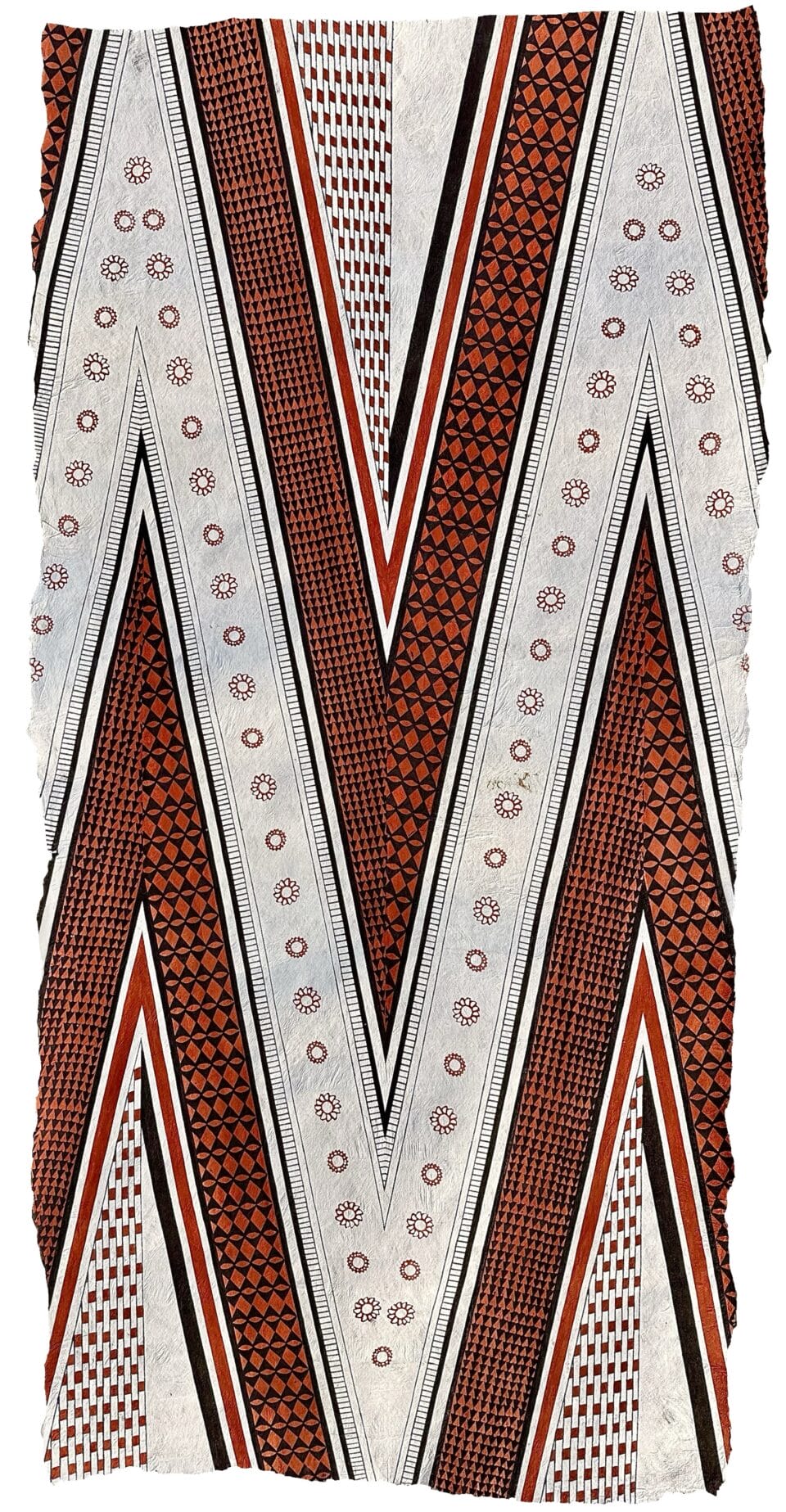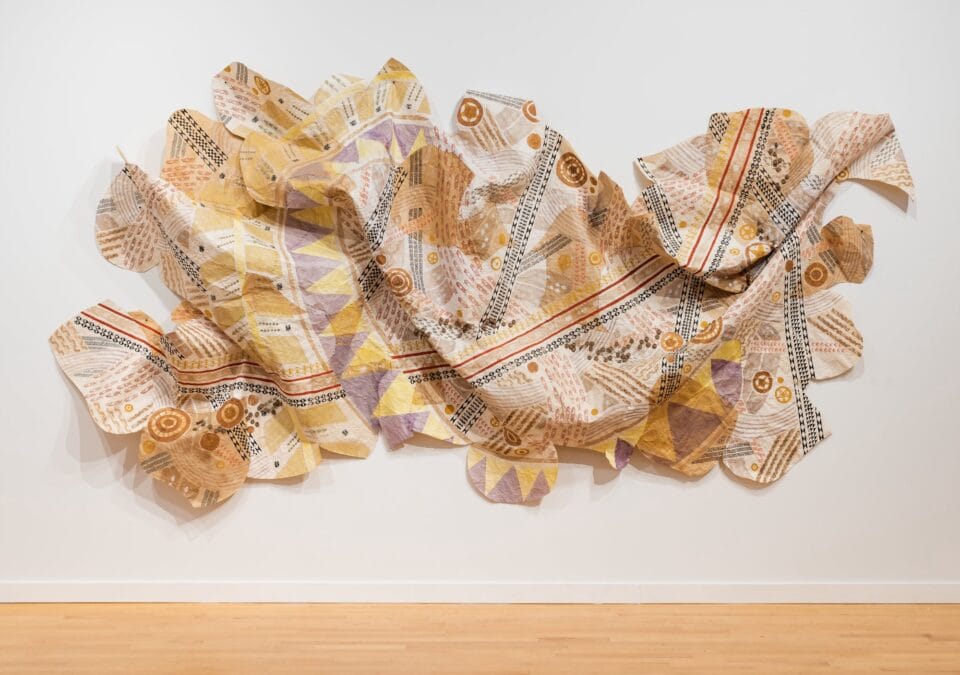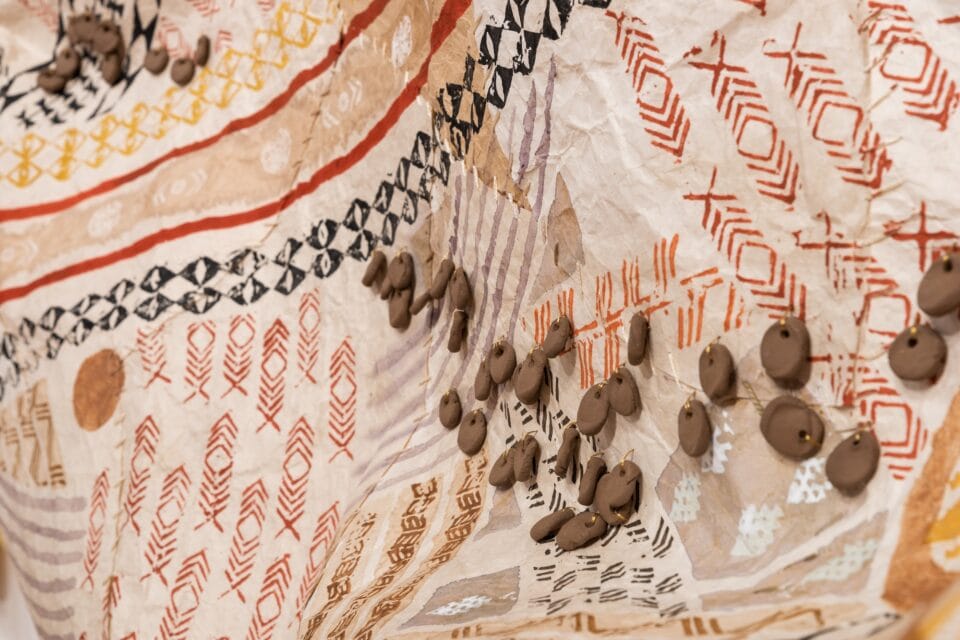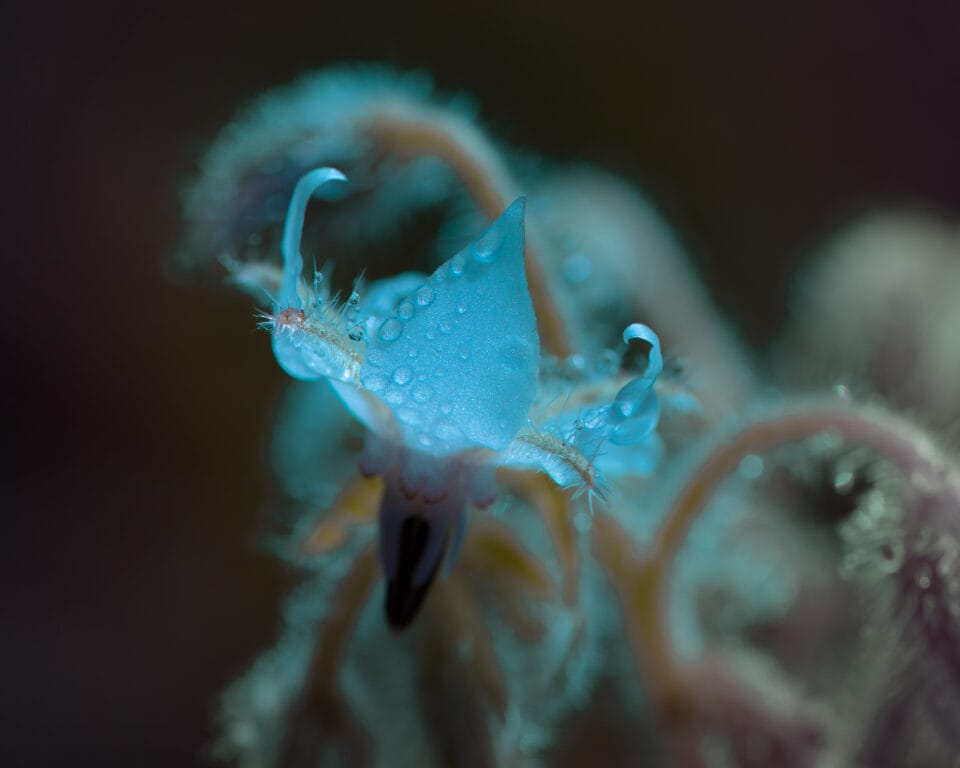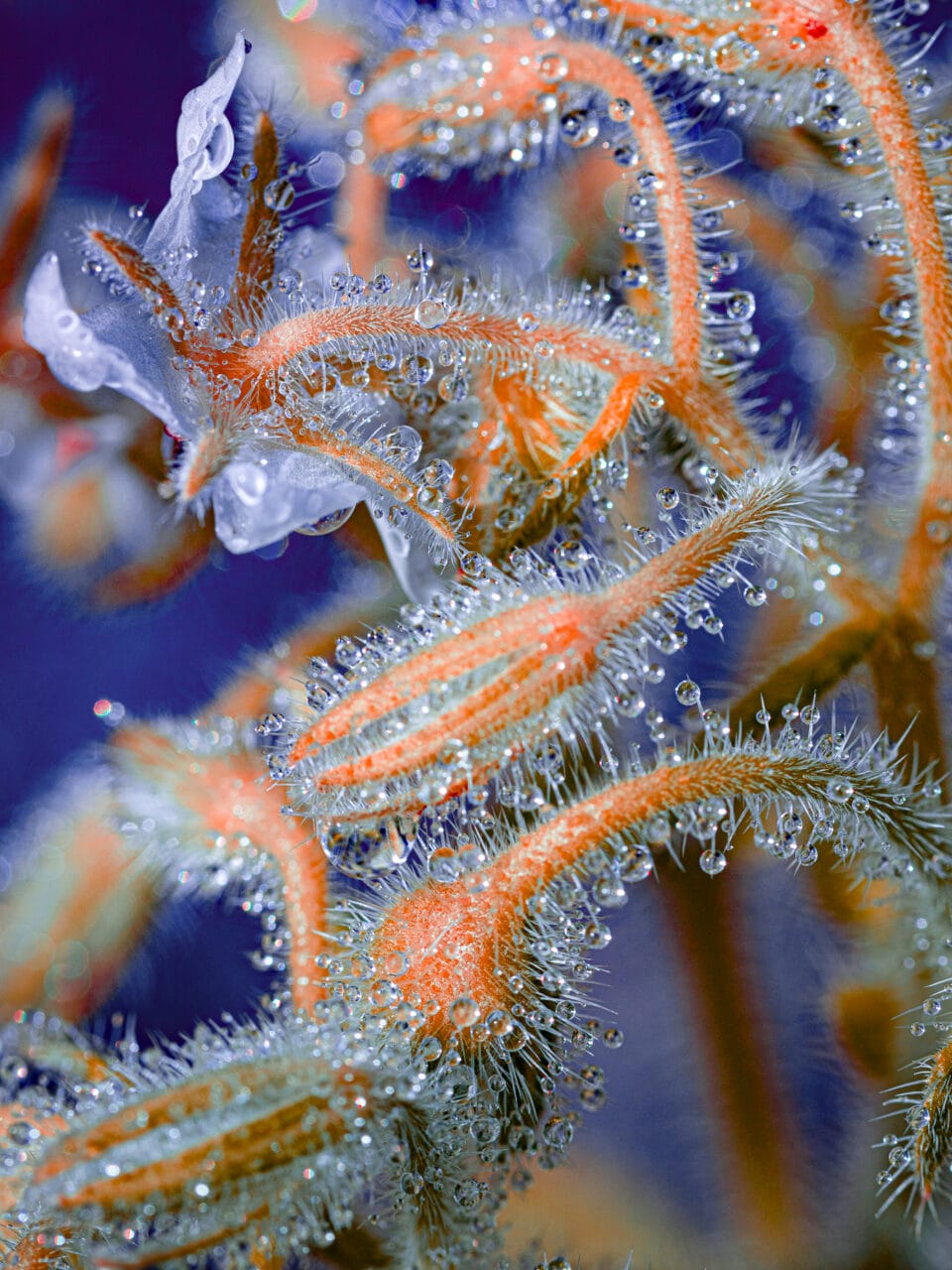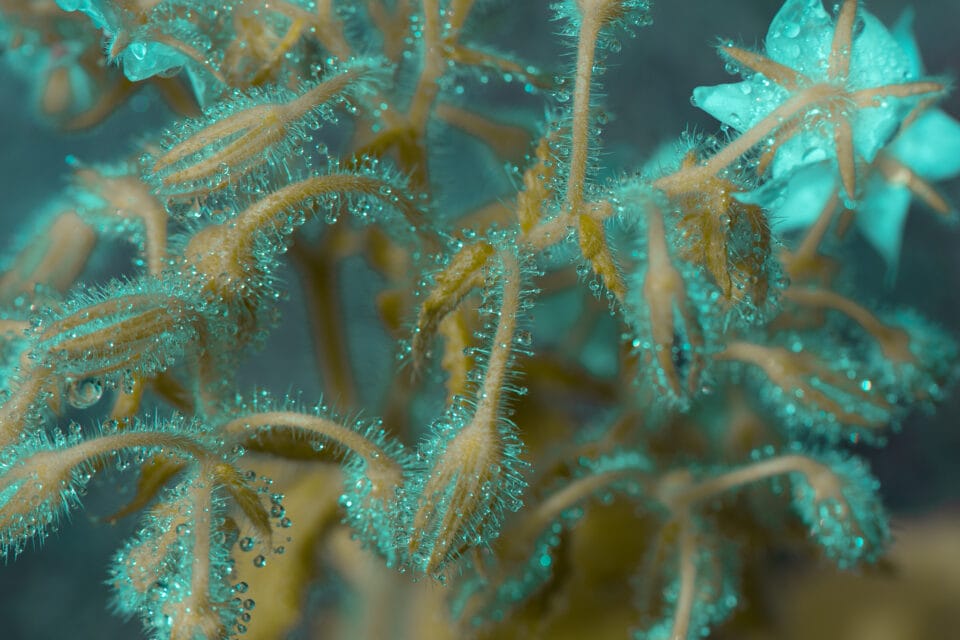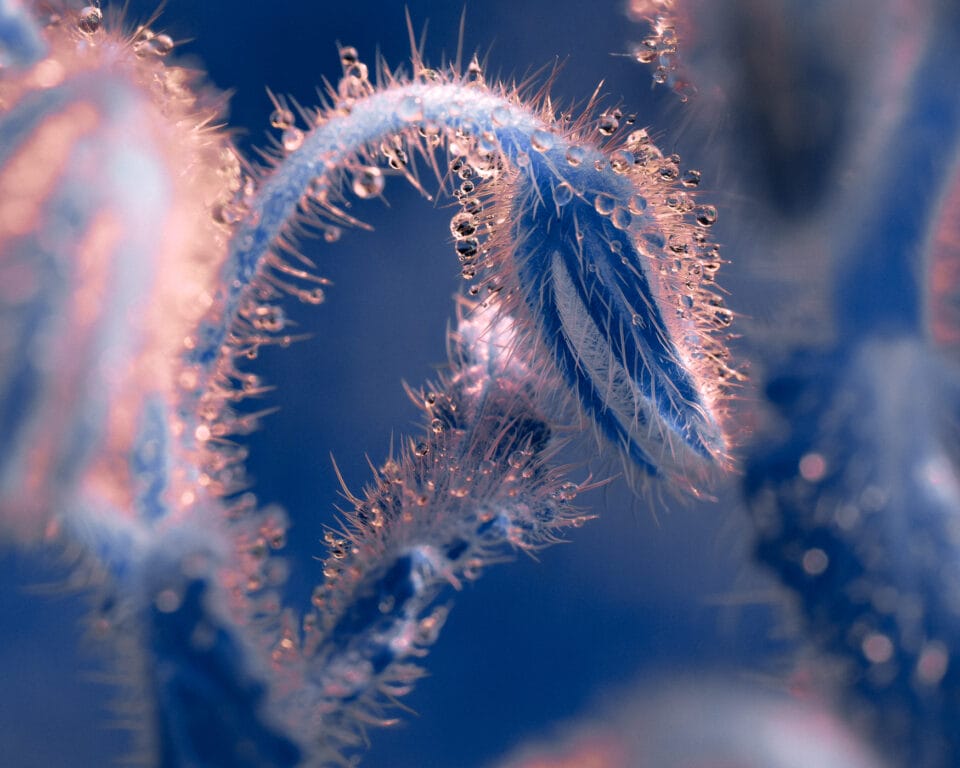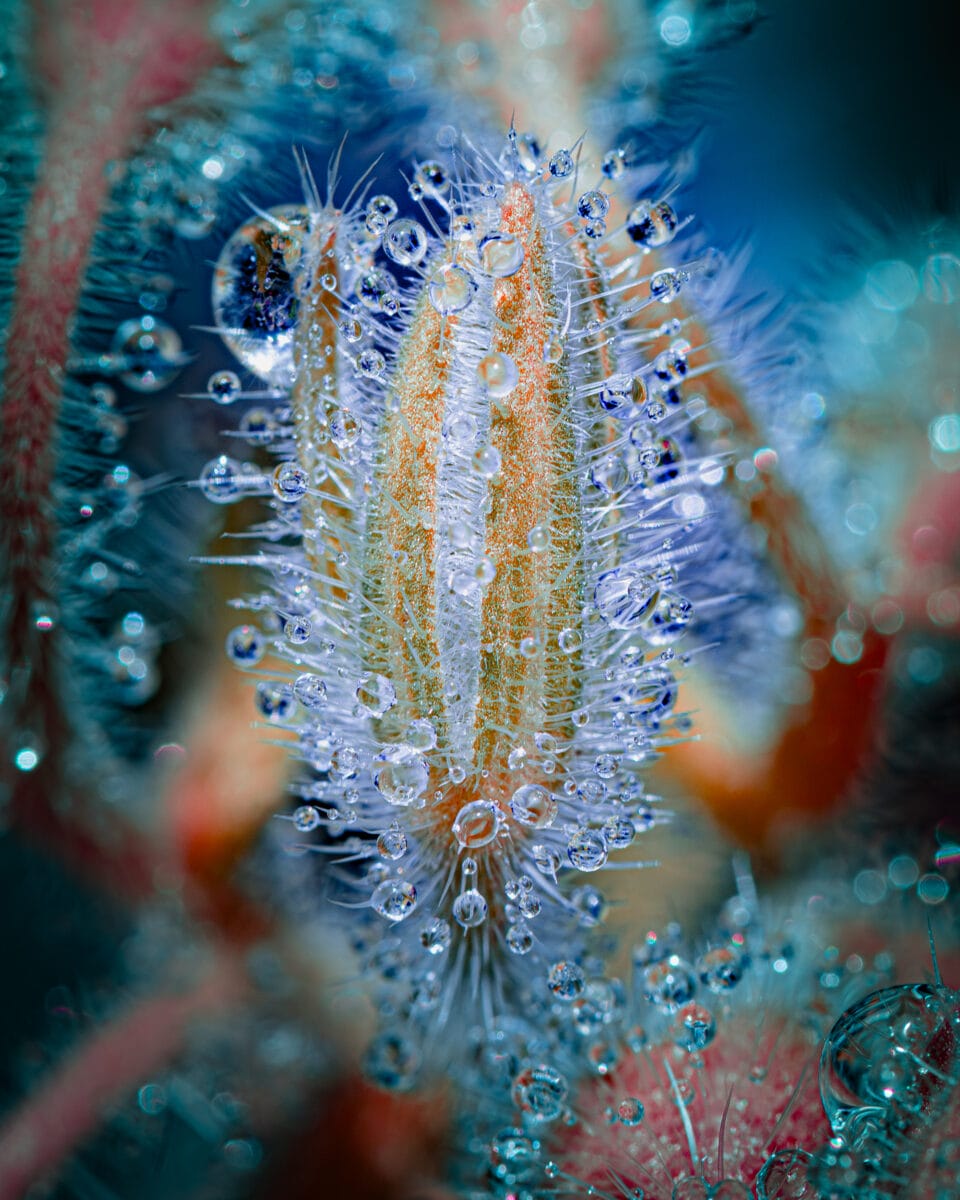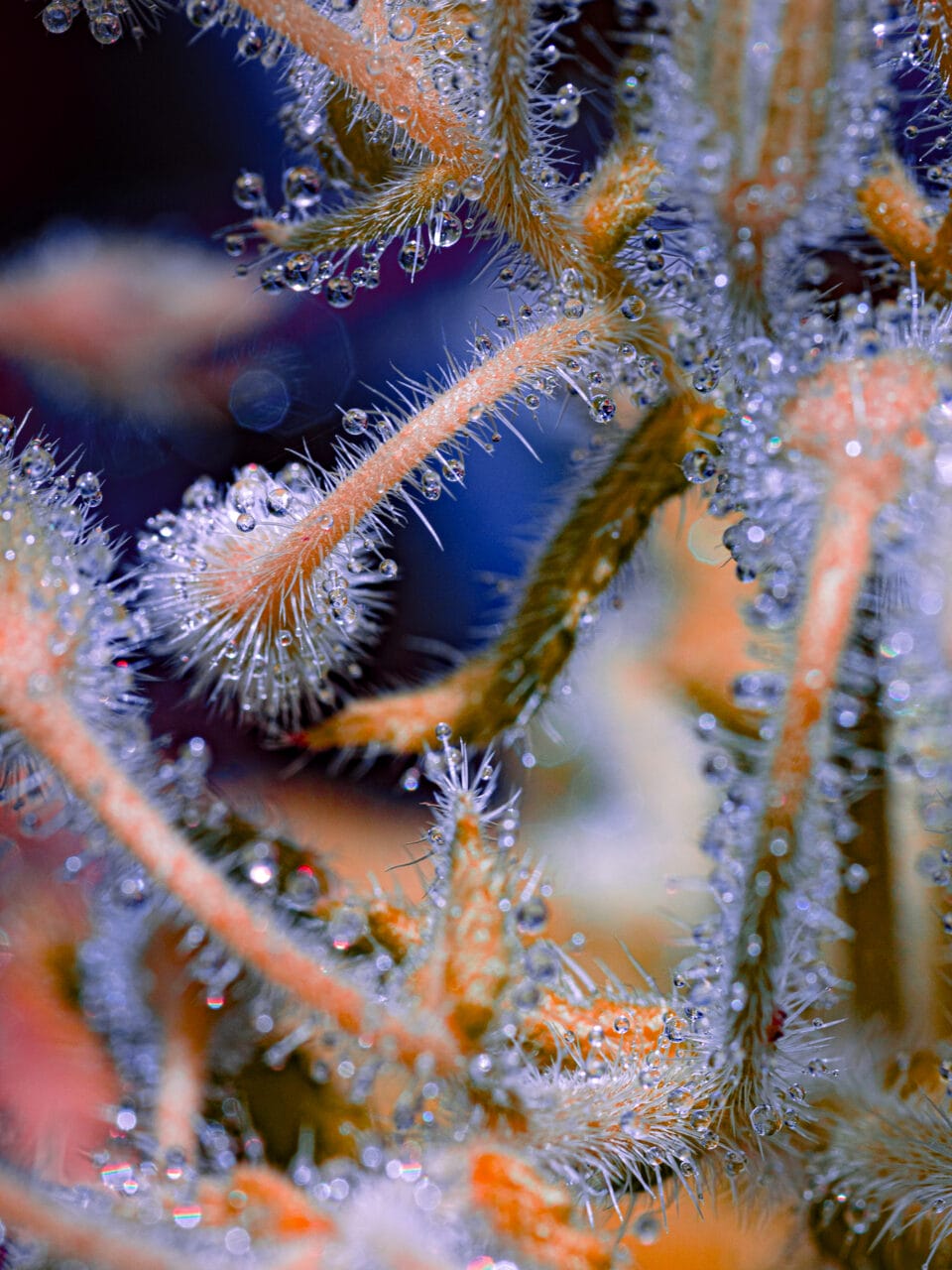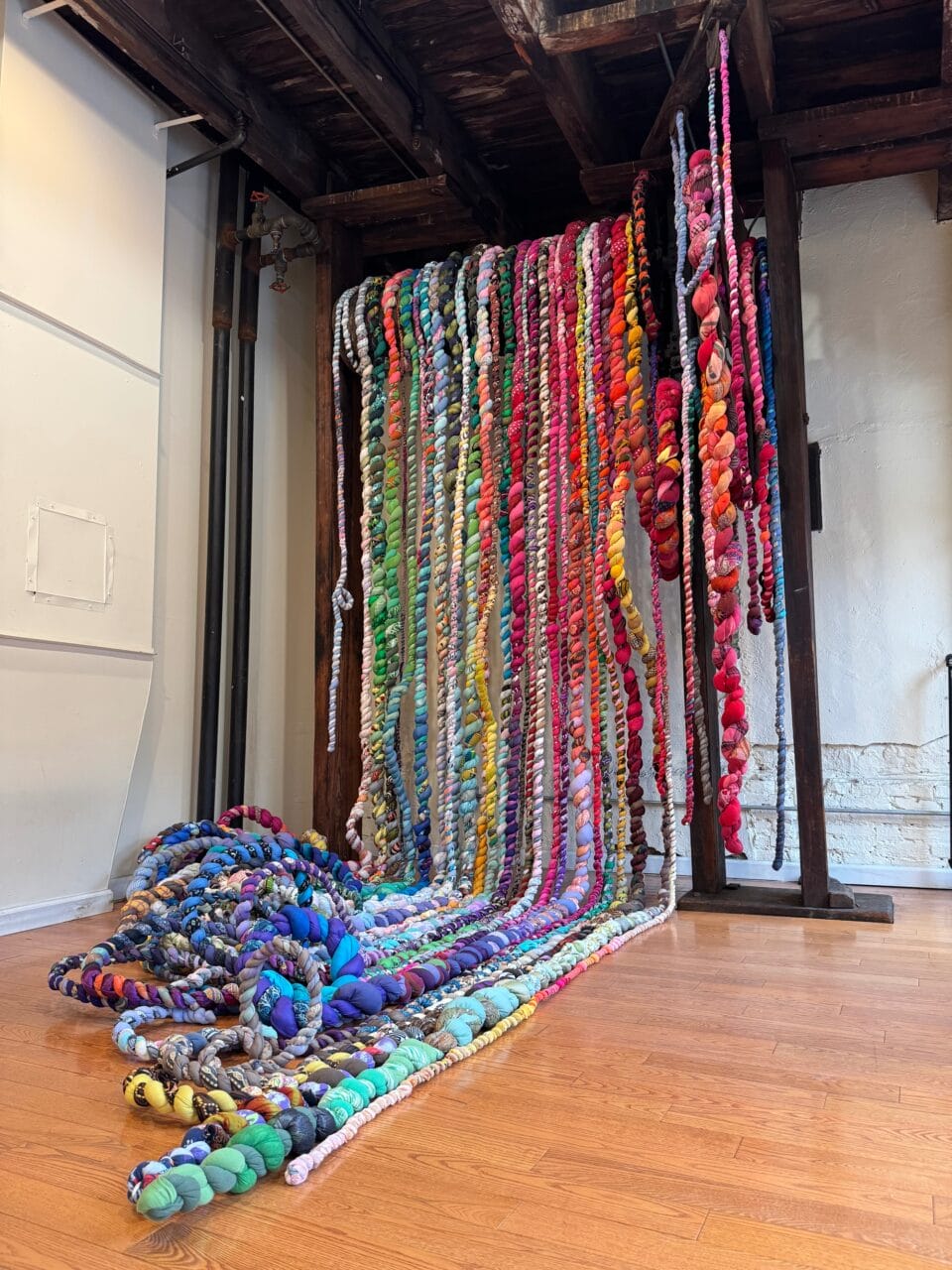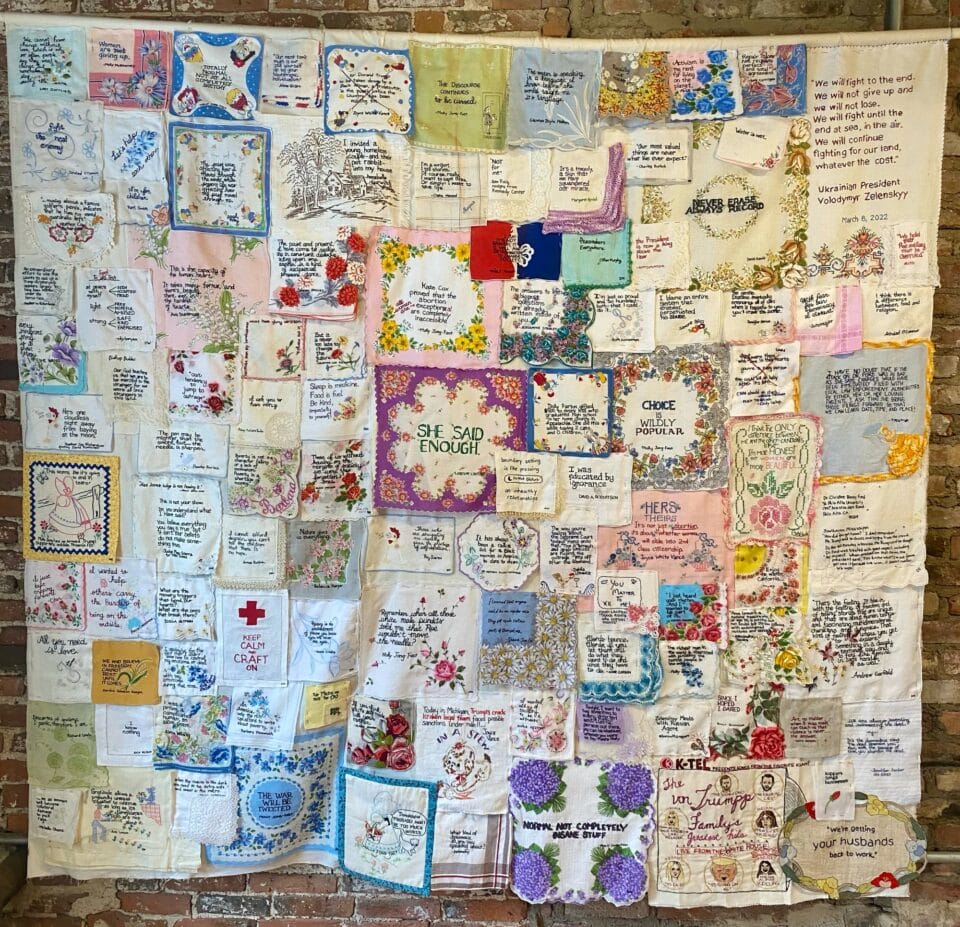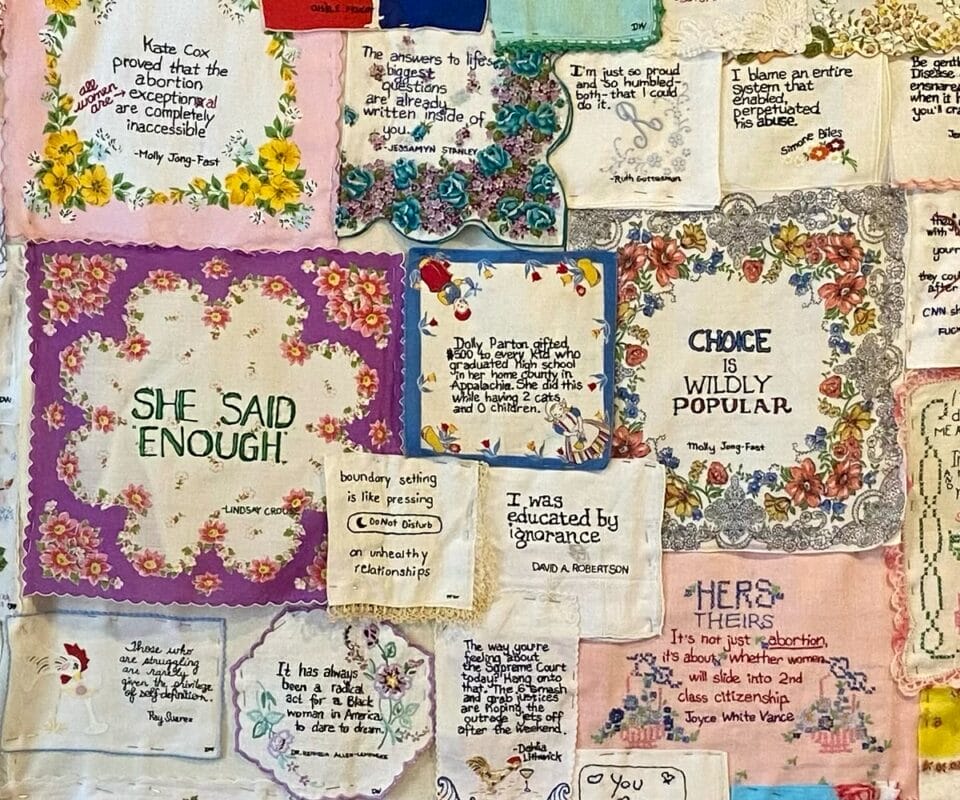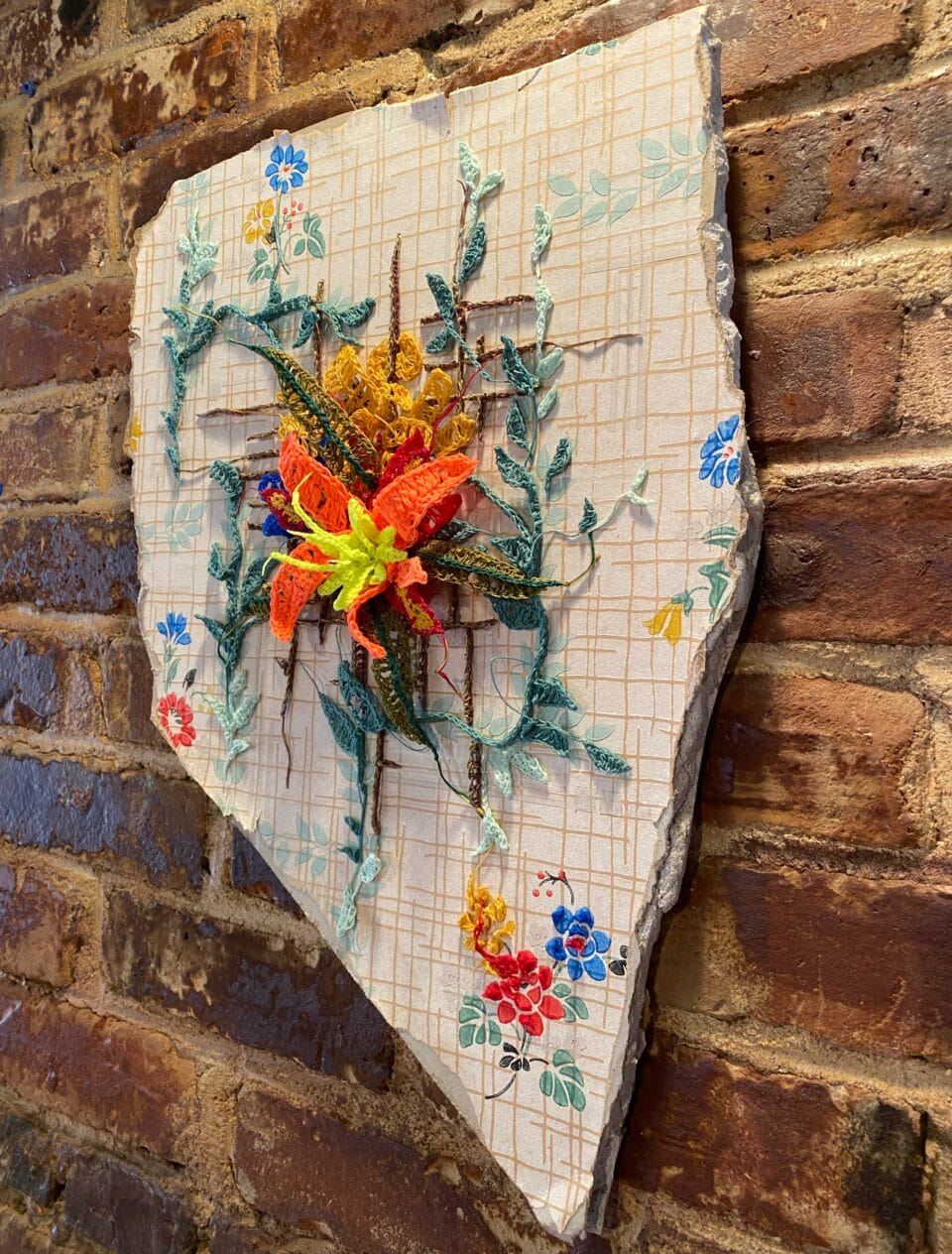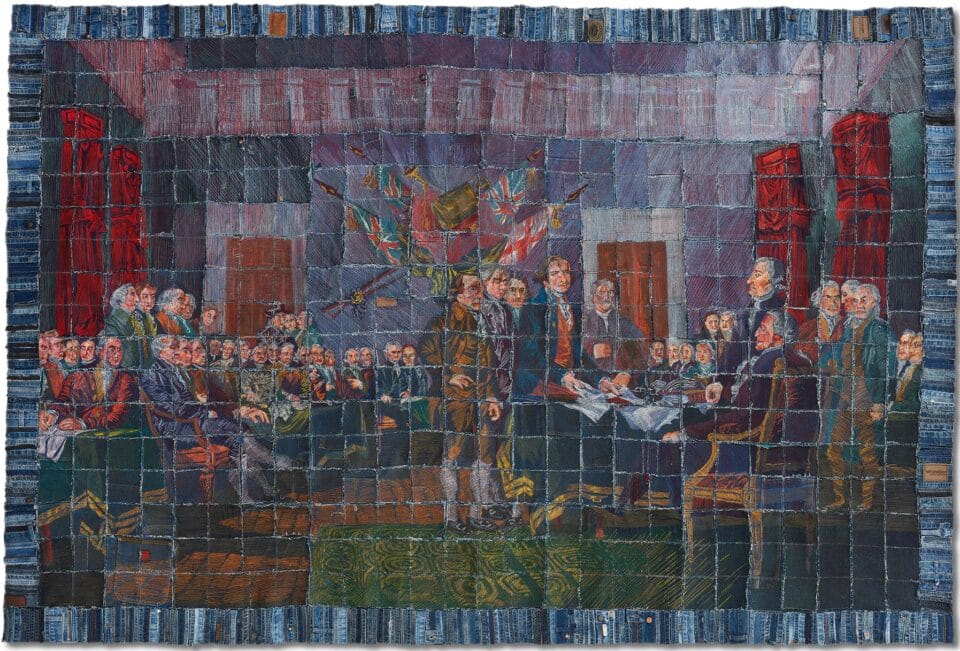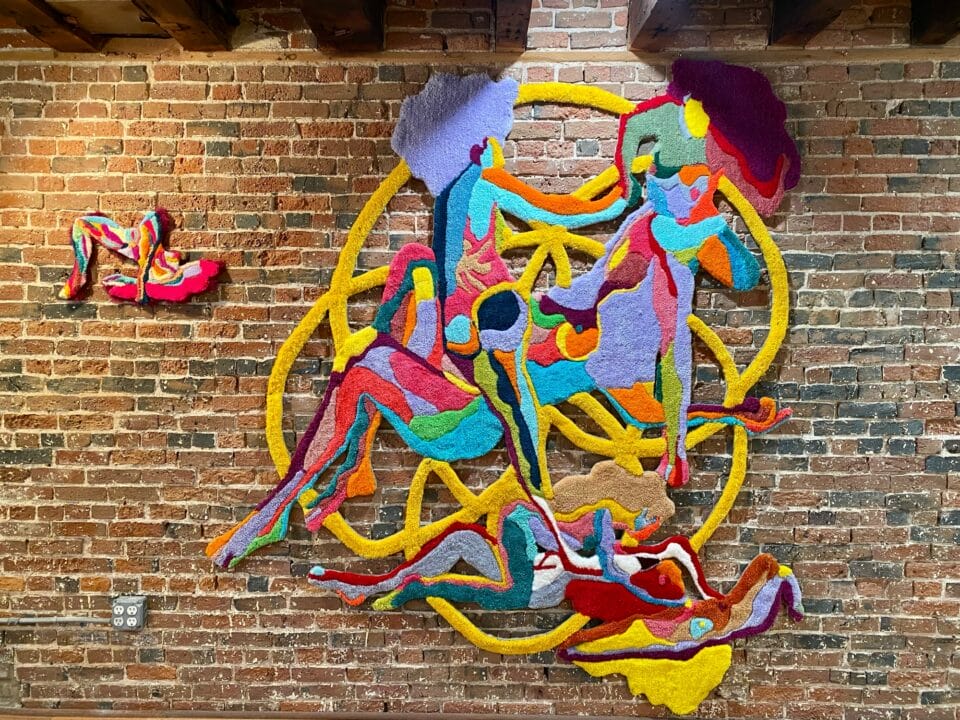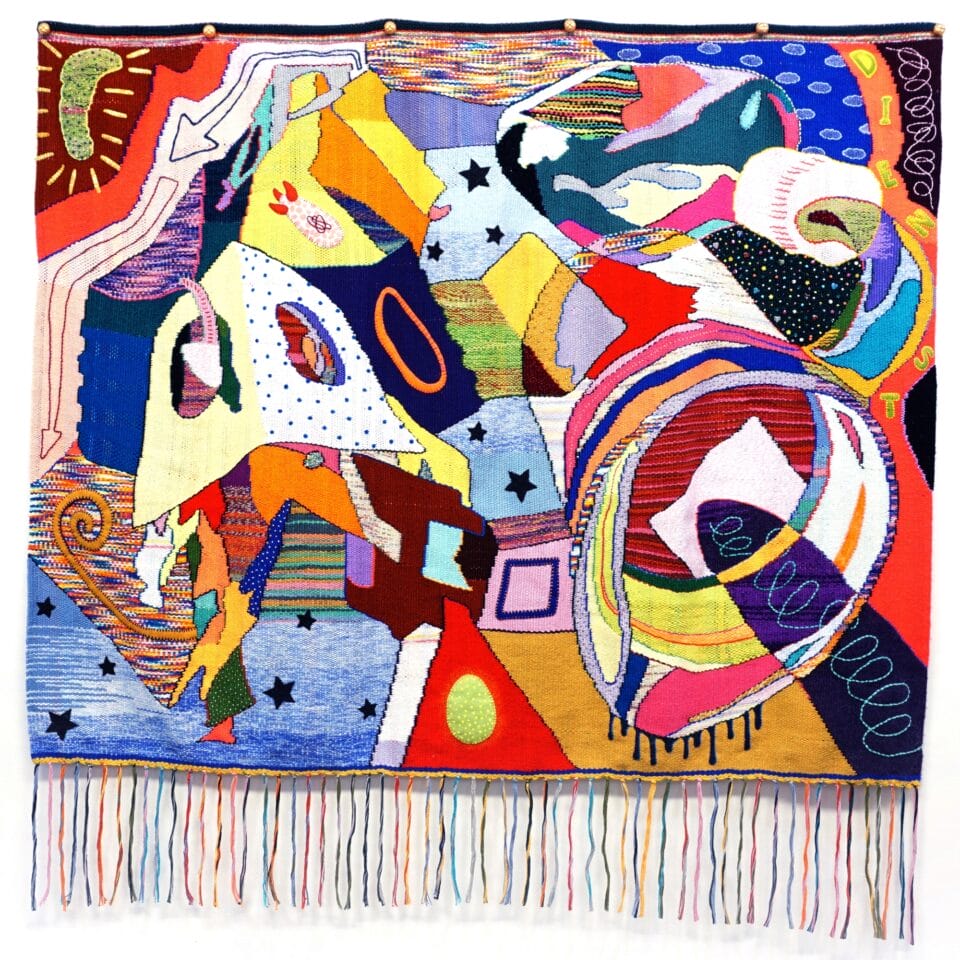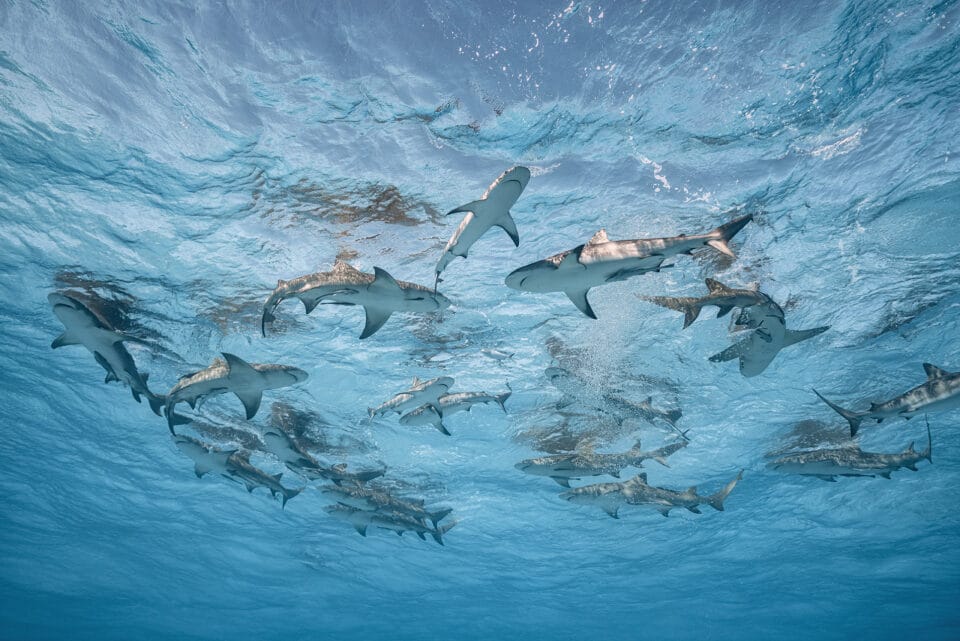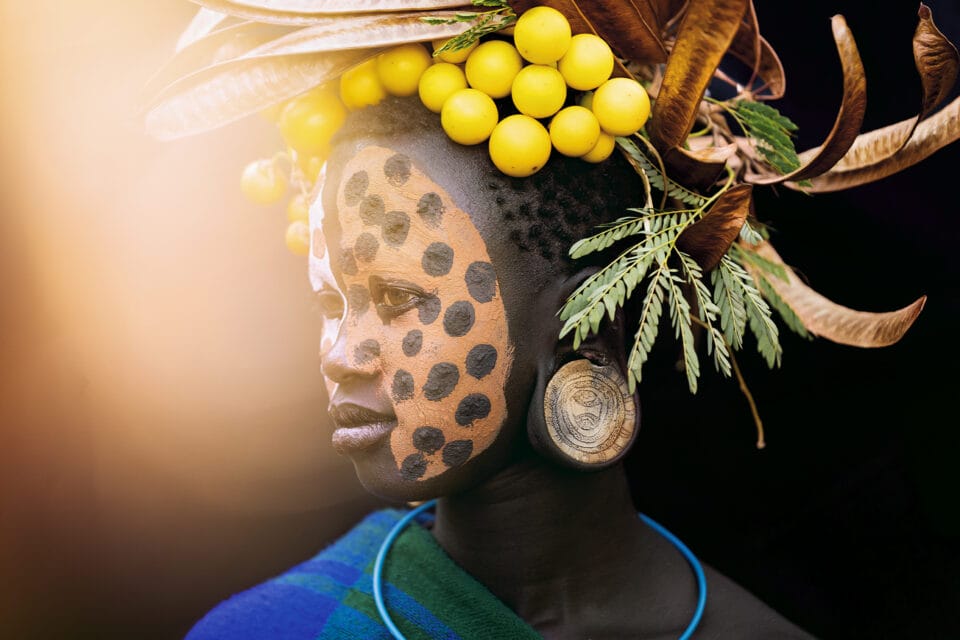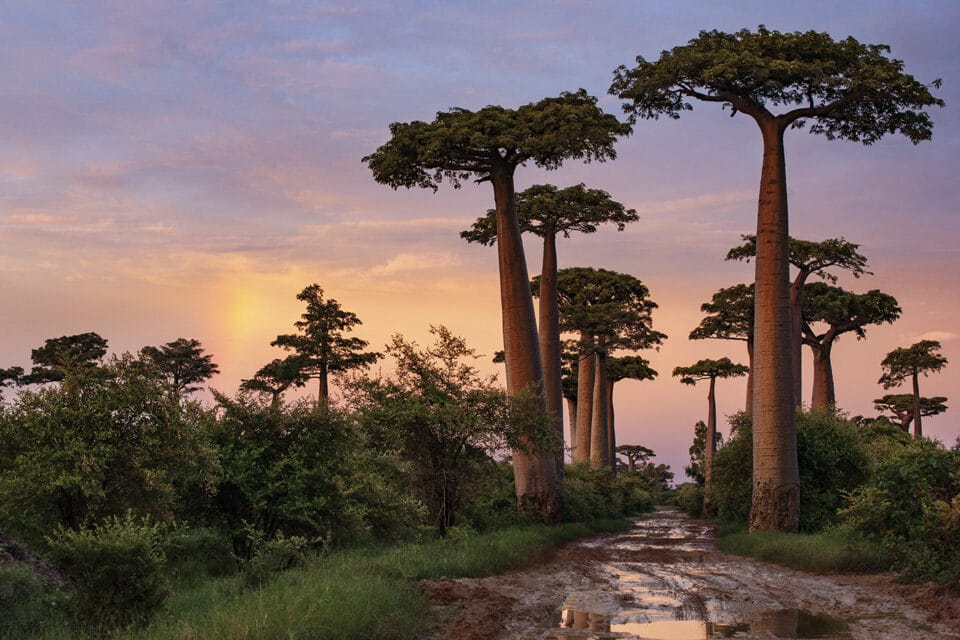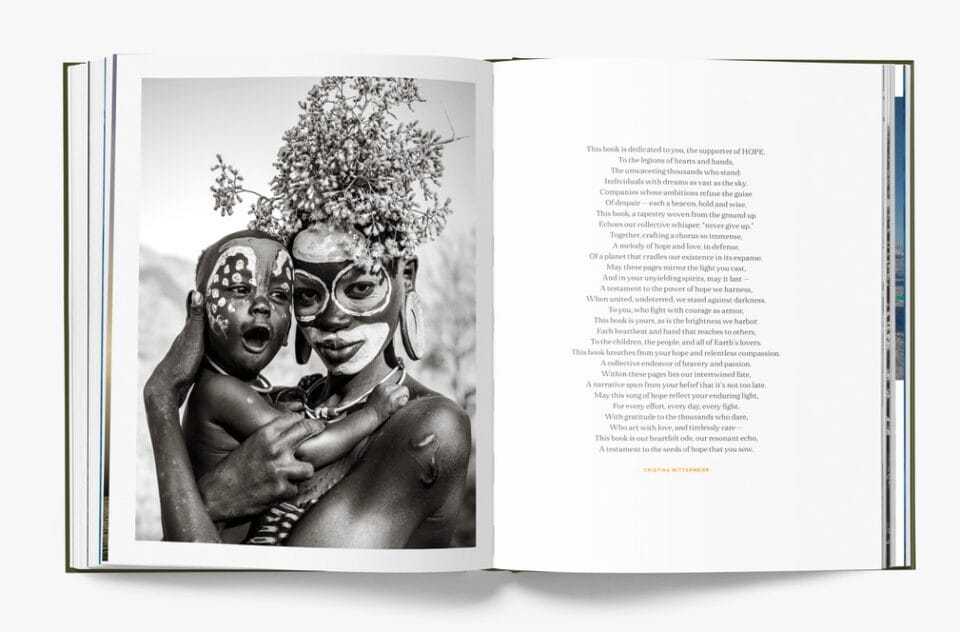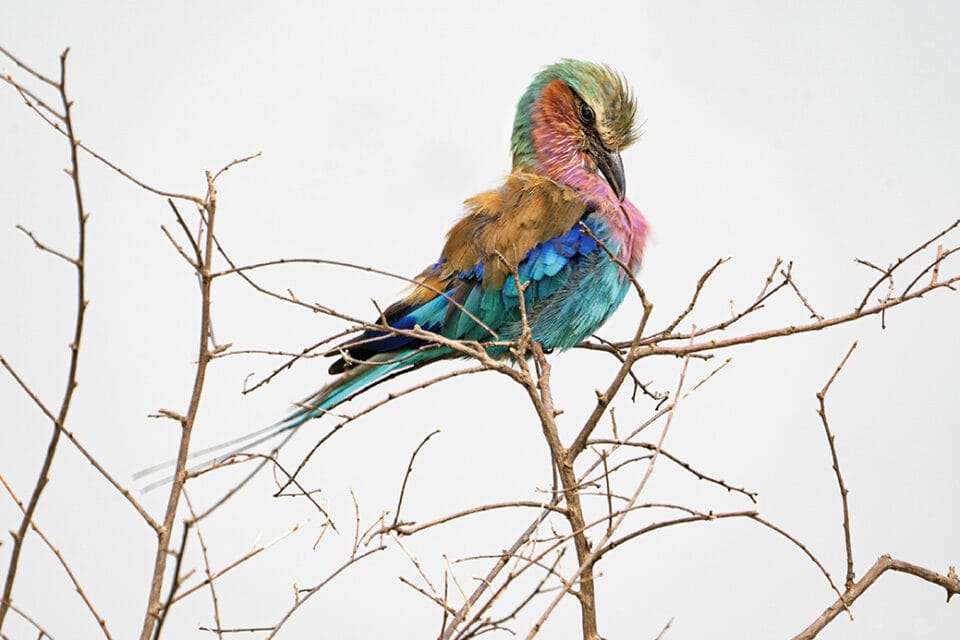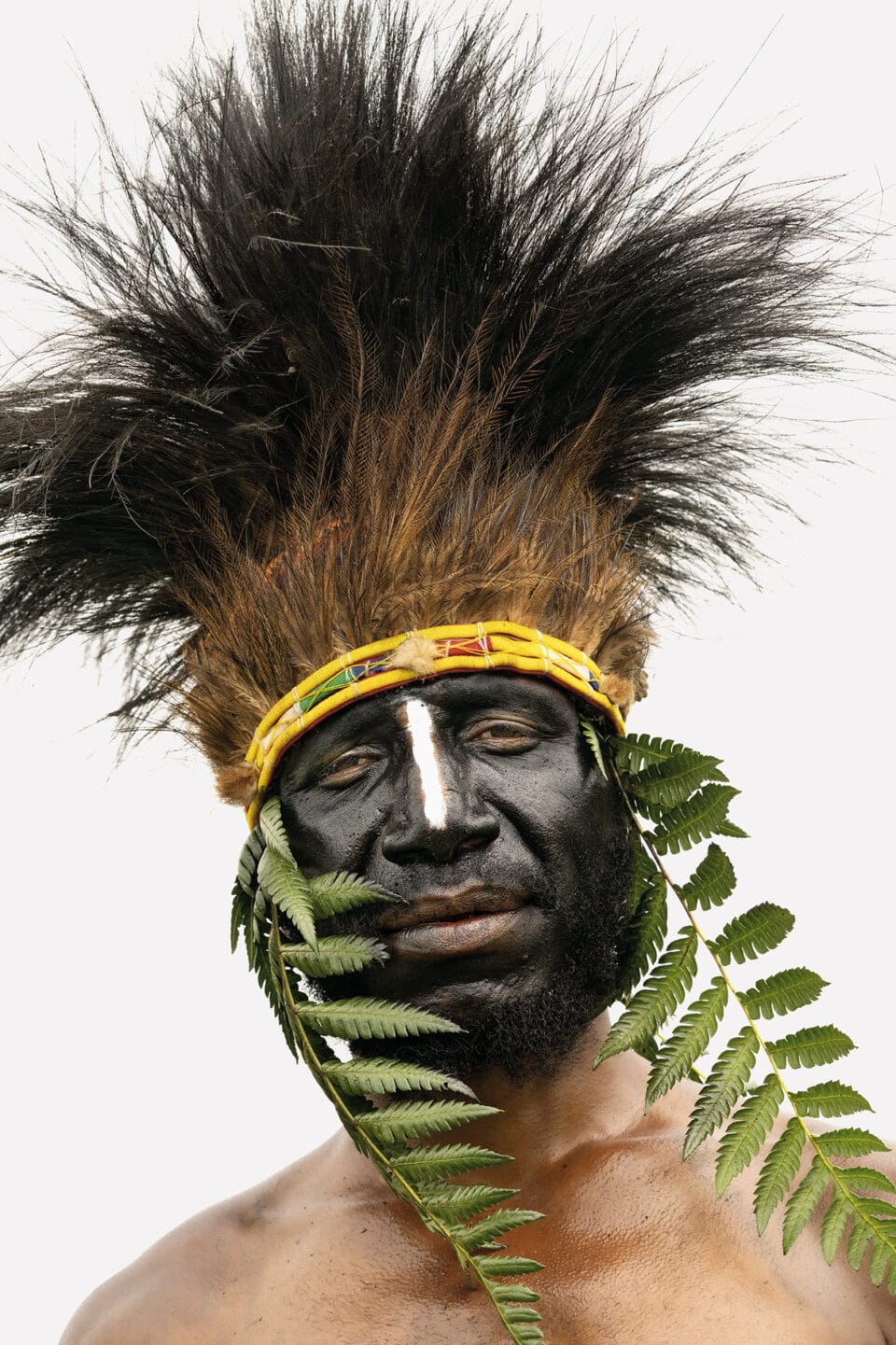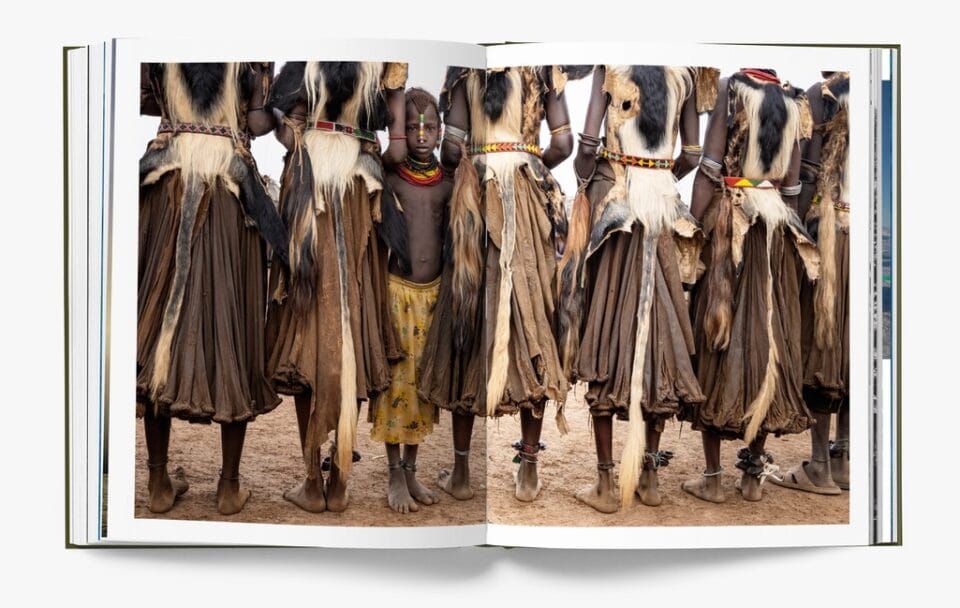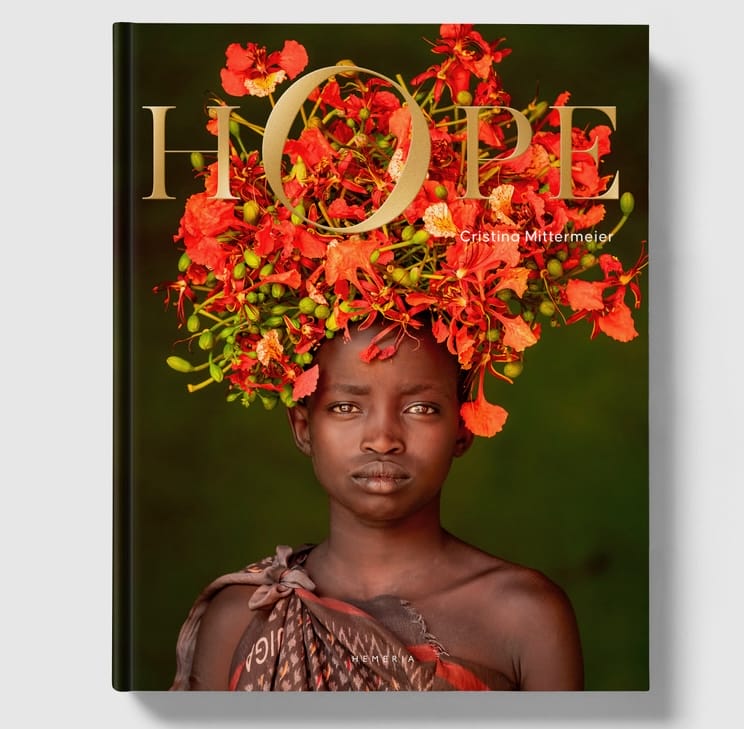Porcelain sinks are no longer just basic white basins. From hand-painted designs to metallic finishes and sculptural shapes, today’s options add serious style to any bathroom.
Botanical Beauty

Fans of florals will immediately fall for this Dutchmaster Midnight Floral Carillon® Round sink from Kohler. The bathroom fixture company collaborated with “florography” artist Ashley Woodson Bailey, known for his photographic skill with all types of flora.
The manufacturer says that it was inspired by 17th-century paintings by Dutch masters. The black background makes the flowers pop and is said to be “in the style of chiaroscuro painting.” This is definitely a statement sink that will upgrade a bathroom of any size into a more stylish space.
Designer Bowls


These gilded and fashionable countertop bowls were designed by mother and daughter team Anna and Nathalie, founders of the London Basin Company. Starting with traditional Asian and Middle Eastern patterns and motifs, the duo designs updated handcrafted porcelain sinks. Each is distinctive and becomes the focal point of the bathroom.
The New Face of Concrete


Concrete as a design material is nothing new but these sinks from Kast push the material to a whole new level. In addition to availability in 28 colors, these concrete basins are now available with textured exteriors.
This is the Otto, which sports a modern, ridged look. These sinks are a far cry from the gray concrete vessels that have dominated the market since the material became popular and offer more design possibilities with all the benefits of concrete and characteristics of natural stone.
The Rolls Royce of Sinks

It’s not often you can say that your powder room sink is just like the interior of a Rolls Royce, but with sink from Ammonitum, that is definitely true. The gorgeous wood designs start with dozens of wood rings that are glued together and then smoothed into shape. Next comes a later of “filling lacquer” of the same kind used on the wooden interior accents in high-end luxury cars like Rolls Royce.
Luxuriously Gilded

Organically shaped, this trough sink from Kohler has a distinctive look, amplified by the gilded finish on the interior surface. Luxurious but not over-the-top because of the brushed shine, this sink works in more decor styles than you might think. It’s perfect for adding a little extra glam to a spa-like bathroom or to make a powder room feel extra special.

A similar shape carved from natural stone, the Kensho trough vessel has an off-center drain that emphasizes its eastern influences. The etched design melds Eastern motifs with Western techniques, displaying a patchwork design made up of Japanese sashiko patterns. the sink is also from Kohler, which says that the design is inspired by acquaforte, a technique originating in 15th-century Italy, that renders the etched pattern in a way that suggests movement.
A Gleaming Oval

For something a tad more traditional but still distinctive, Kohler’s Iron Plains® Oval Wading Pool sink comes in a range of colors including this rich plum. While this is a great dose of color for a bathroom, the style is also available in more neutral, standard colors of porcelain. The shape alone is elegant and different enough to elevate a plain bathroom.
Natural Marble Vessel

There’s nothing more stunning than the natural veining in marble and when it comes in the form of an elegant vessel sink, well, we’re nearly speechless. Designed by Kreoo, the Gong sink has an ellipsoid shape that has been sliced at a diagonal, allowing more light into the vessel and showing off the interior as well as the milky beauty of the stone.
Blinged Out Black

Ever-stylish like a little black dress, this Swarovski crystal-studded washbasin is always appropriate. The dark porcelain is the perfect foil for the glittering elements that encircle the relatively tall basin. In a sea of white porcelain, this black sink, designed by PierDeco, will stand out as very special.
Frilly but Not Formal

Of course, vessel sinks can be extra special when they include unexpected details such as the wavy edge of this style from the London Basin Company. With edged frilled like a flower, the sink is the celadon color of traditional Chinese pieces, a linkage emphasized by the crackle glaze used on the porcelain.
Hammered Metal

An artful black and white vanity is the ideal place for a hammered metal sink, which is also available in different metal finishes such as satin or polished stainless steel and satin or polished unlacquered brass.
Options for Small Spaces

With current home trends skewing toward downsizing and making the most of smaller spaces, the options for smaller bathroom have skyrocketed. Moreover, the designs have become more interesting and innovative — way better than just smaller versions of basic bathroom fixtures! This modern beauty is the L331 Idea 2.0 Cono Plus from PierDeco. Wall hung models are real space-savers when they include a small but very functional are of counter space.
Super Small Styles

For a truly tiny powder room, a very small wall-mounted sink is functional and takes up a minimal amount of room. Also from PierDeco, this style limits how far the sink projects from the wall by mounting the faucet on the side of the sink instead of the back. While a wall-mounted fixture would achieve the same thing, this type of sink can avoid having to move all the plumbing.
Multi-Level Mixed Materials

Porcelanosa’s innovative vanity design includes a square form combined with a round basin. The granite block is nestled in a curved aluminum sheet that serves as the countertop and towel rack all in one. Whether combined with the bottom unit or used alone, it’s a modern sink design that is really different. The Duna is designed for wall-mounted tap fixtures, as shown here, and comes in a variety of color options in addition to this natural brown style.
On a Pedestal

If any basin deserves to be on a pedestal it is this one from Pyrolave. One of the more extraordinary materials used for a bathroom sink comes from Pyrolave of France. The company hand-quarries stone from the Nugère crater that is located in the region of the Auvergne Volcanos. The hand-carved basins are enameled in a process of more than 10 steps with any one of 28 standard colors or custom hues are vibrant and eye-catching.
A True Work of Art

This bathroom sink is literally a one-of-a-kind work of art. Created by Lee Hun Chung and presented by Gallery Seomi, this pedestal sink and custom tap are crafted from glazed ceramic. Art lovers will appreciate the unique look that is like no other.
Ethereal Beauty

Designed by Vallvé, this wall-mounted sink has a milky, marble-like appearance that adds drama to the bathroom. While most wall mounts are square or rectangular, this one is round and deep, which allows the shape to highlight the semi-opaque material.
A Touch of Tradition

For those who prefer to stick with more traditional sinks and vanities, it’s still possible to have a fresh and innovative design. A credenza-style cabinet from guest bathroom.
The post Bathroom Sinks That Make a Statement appeared first on Homedit.

